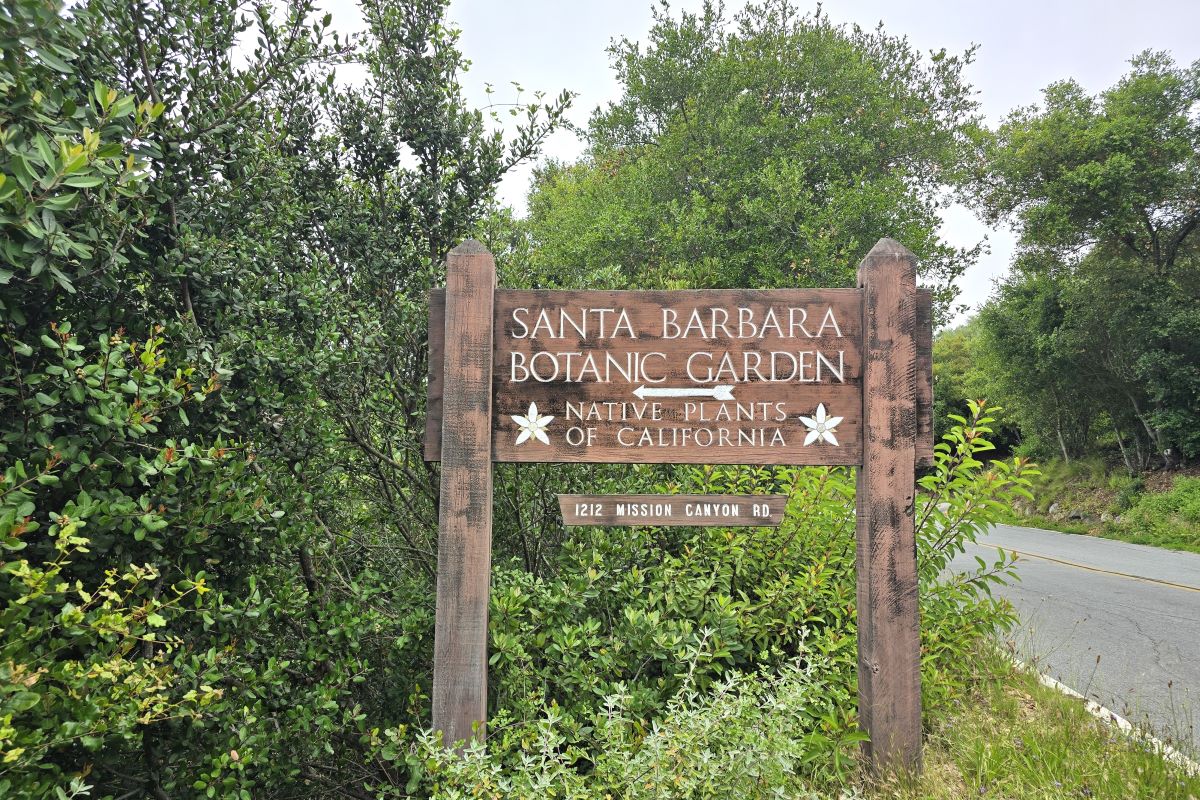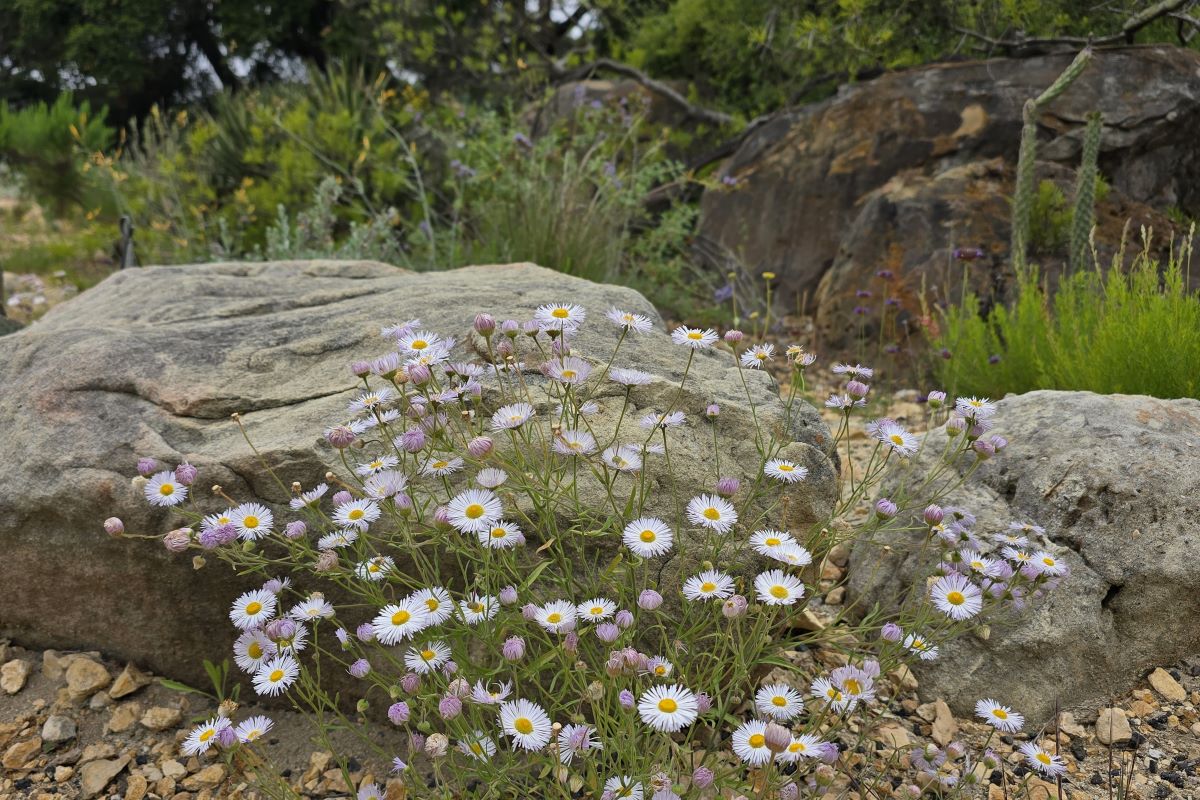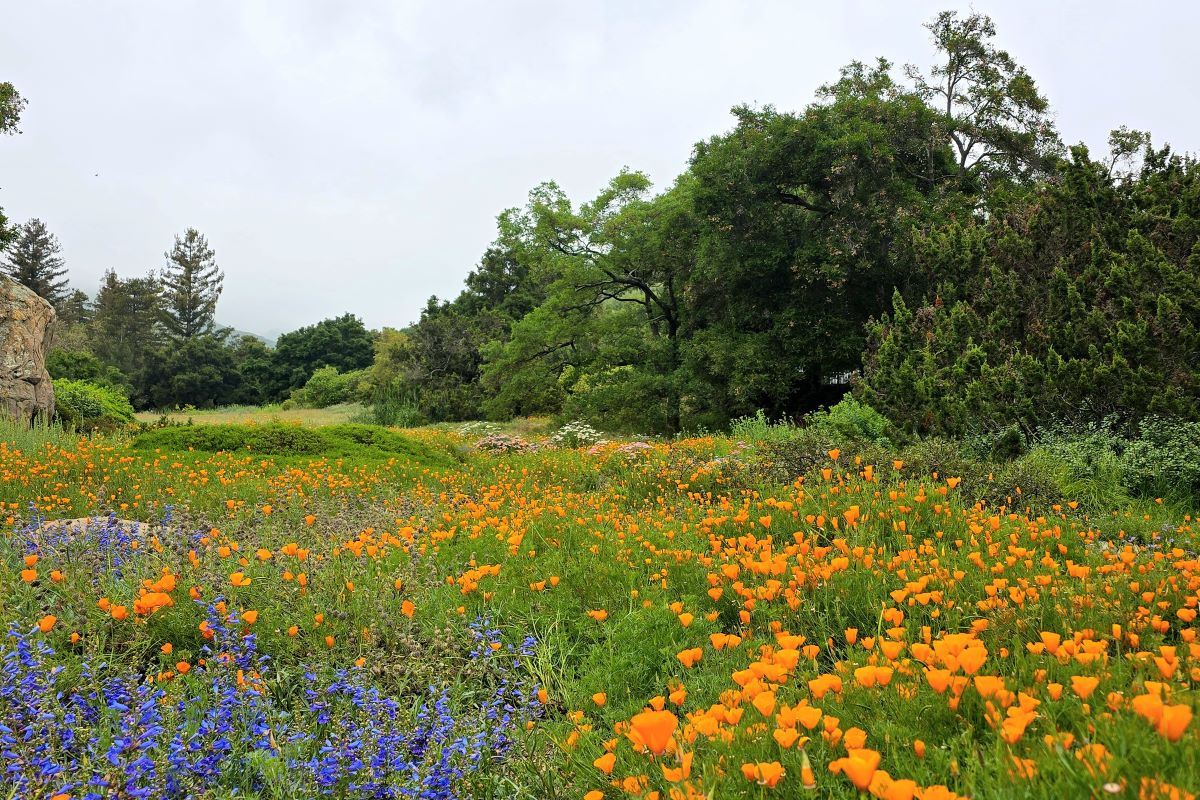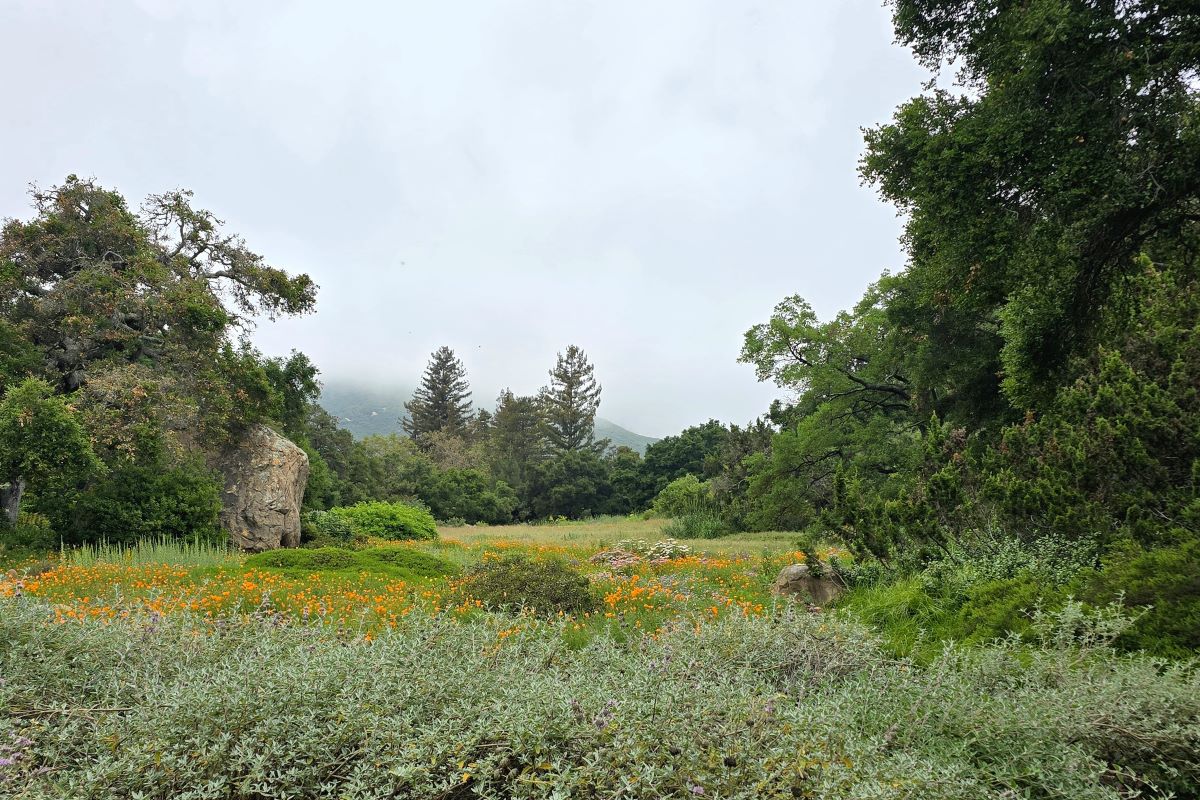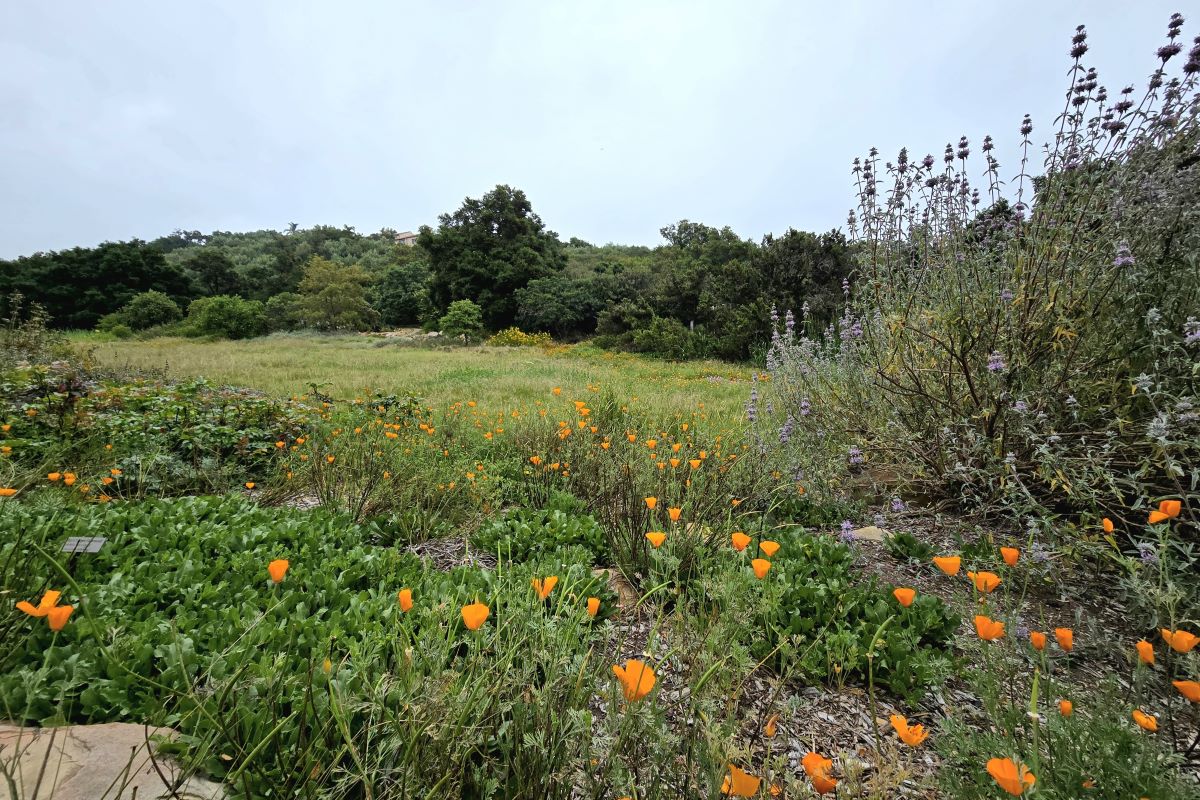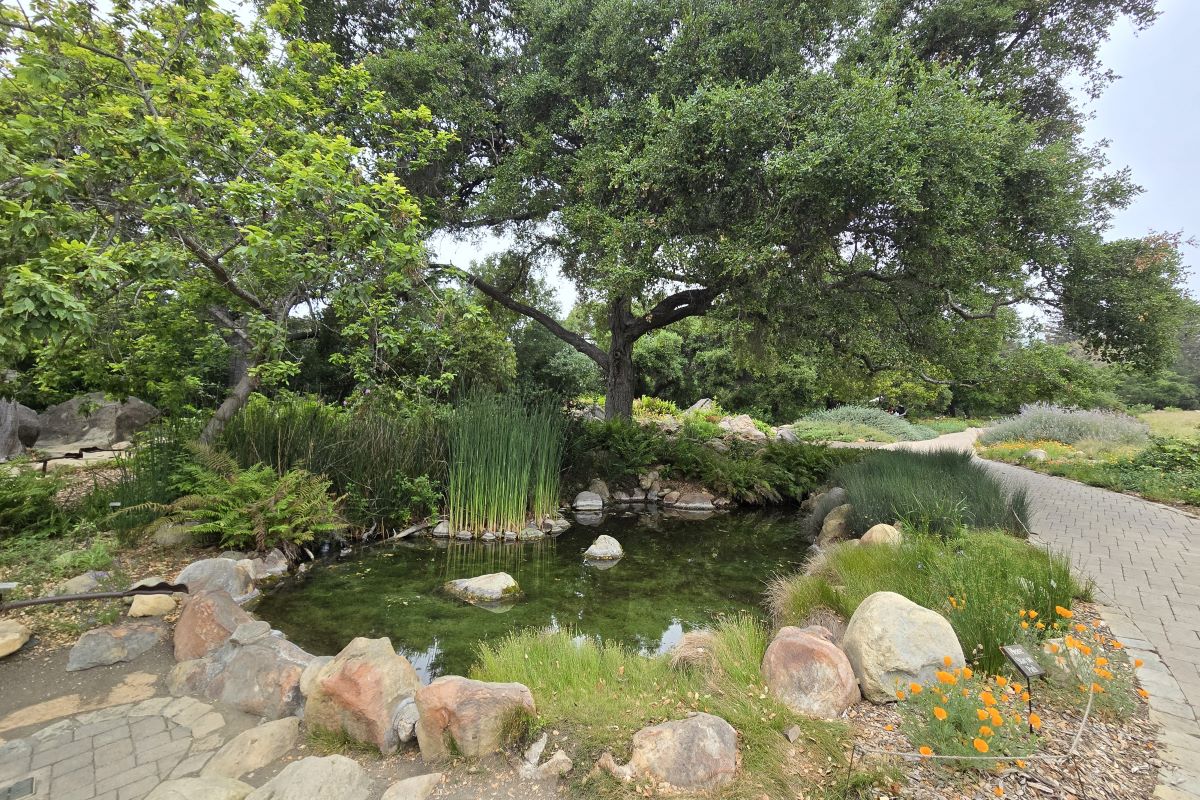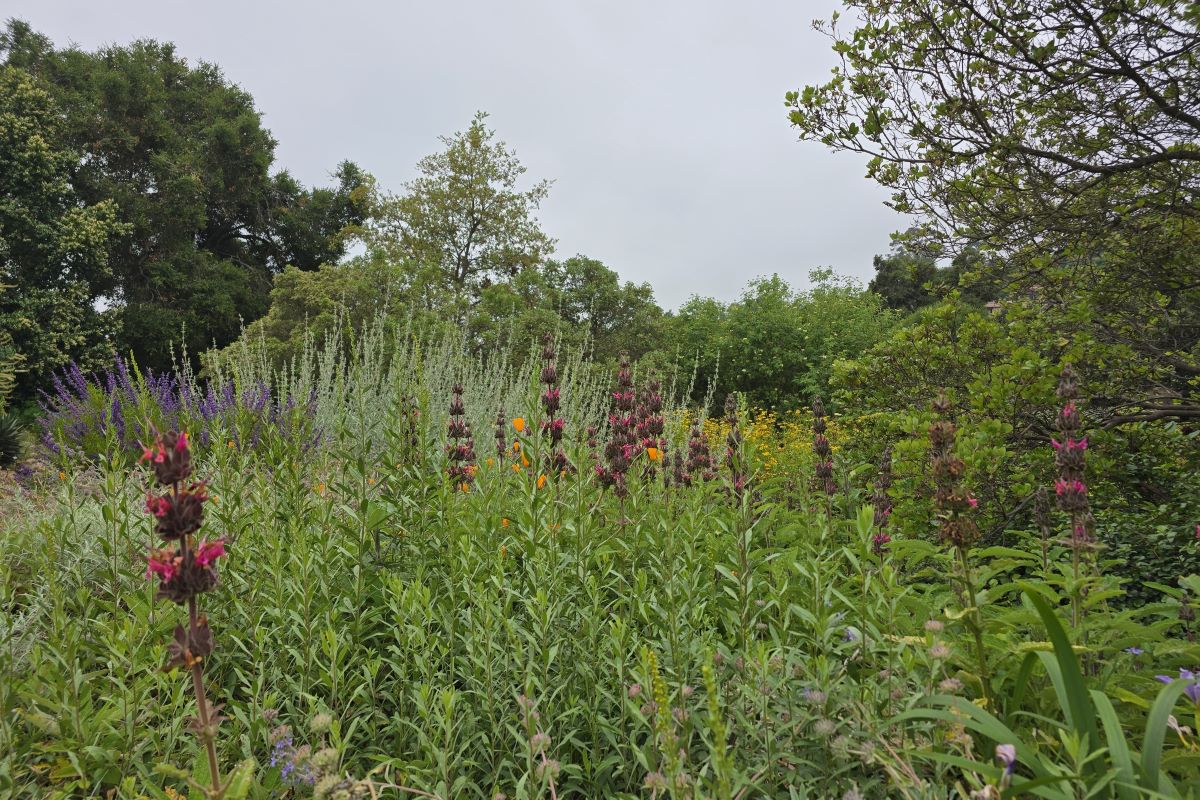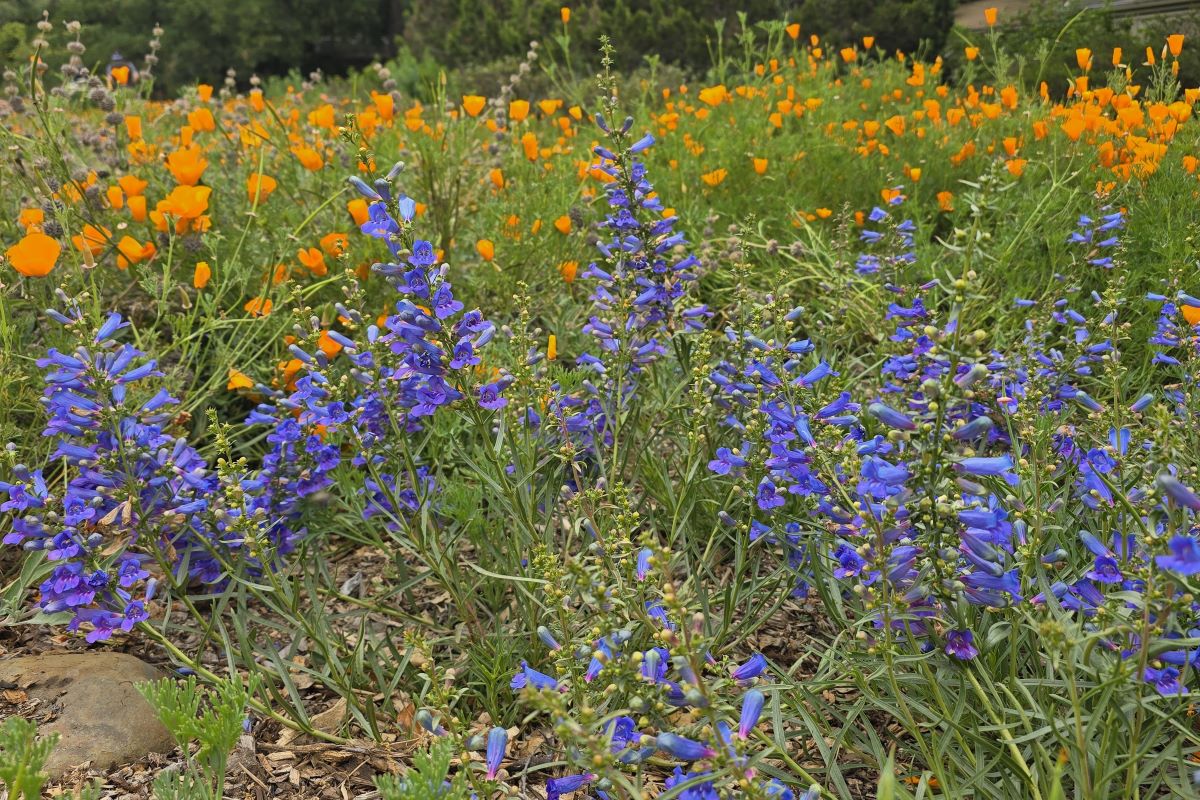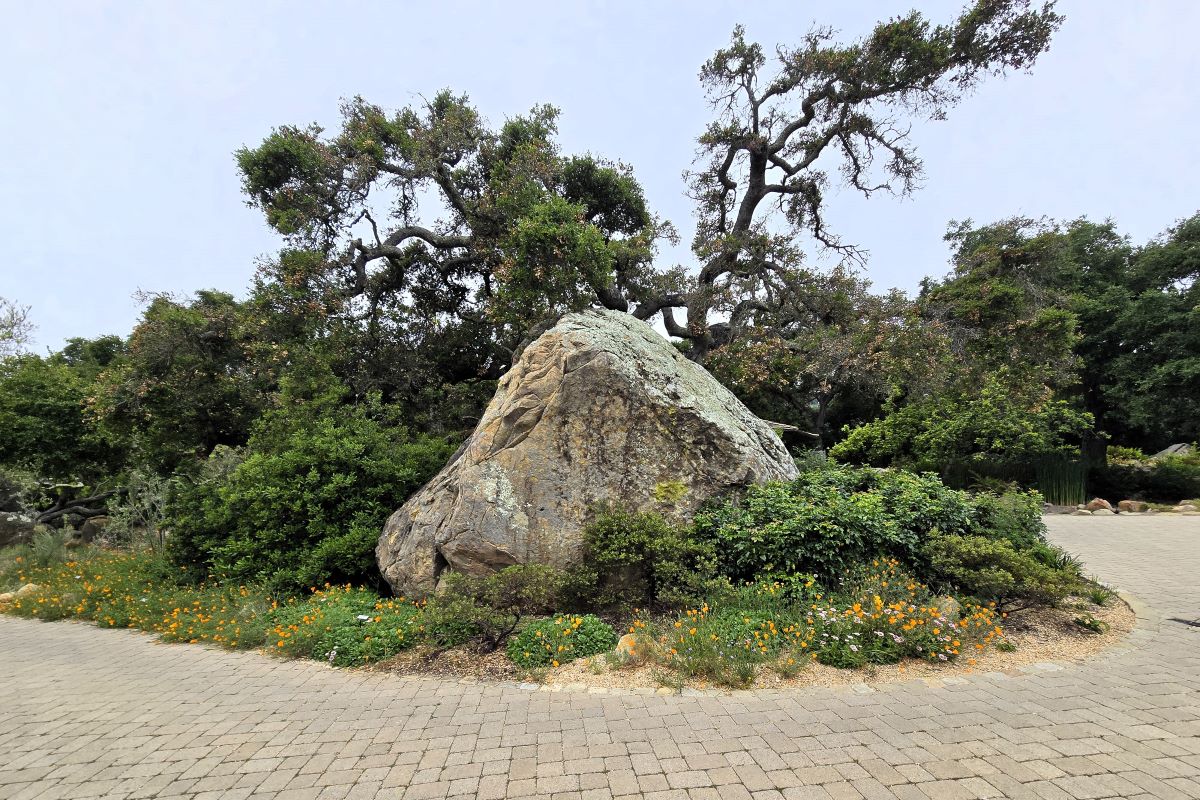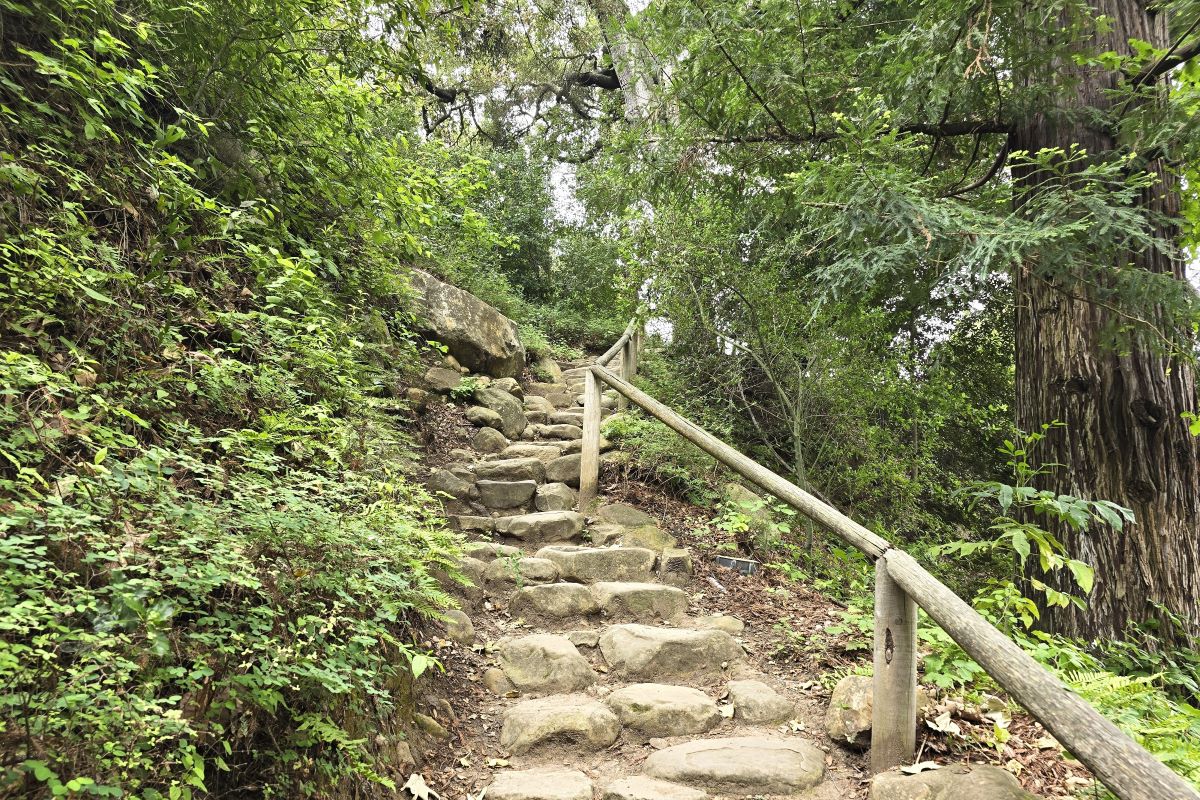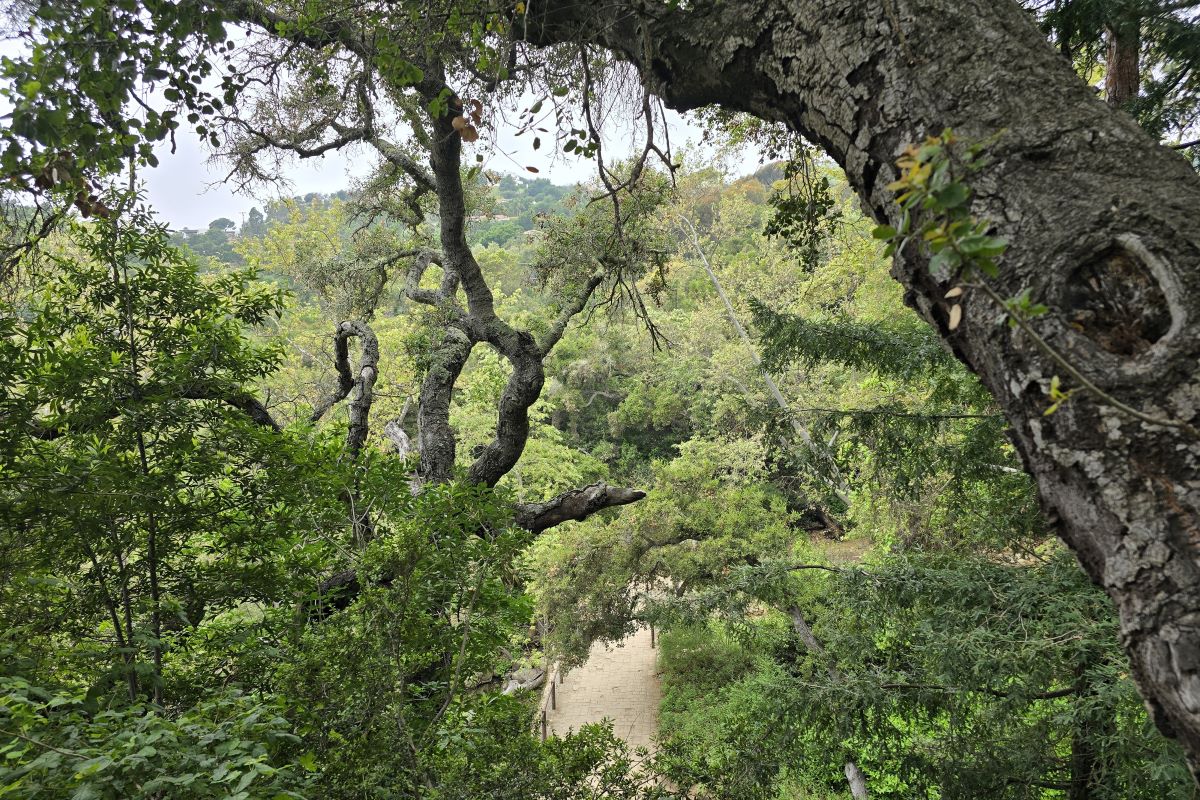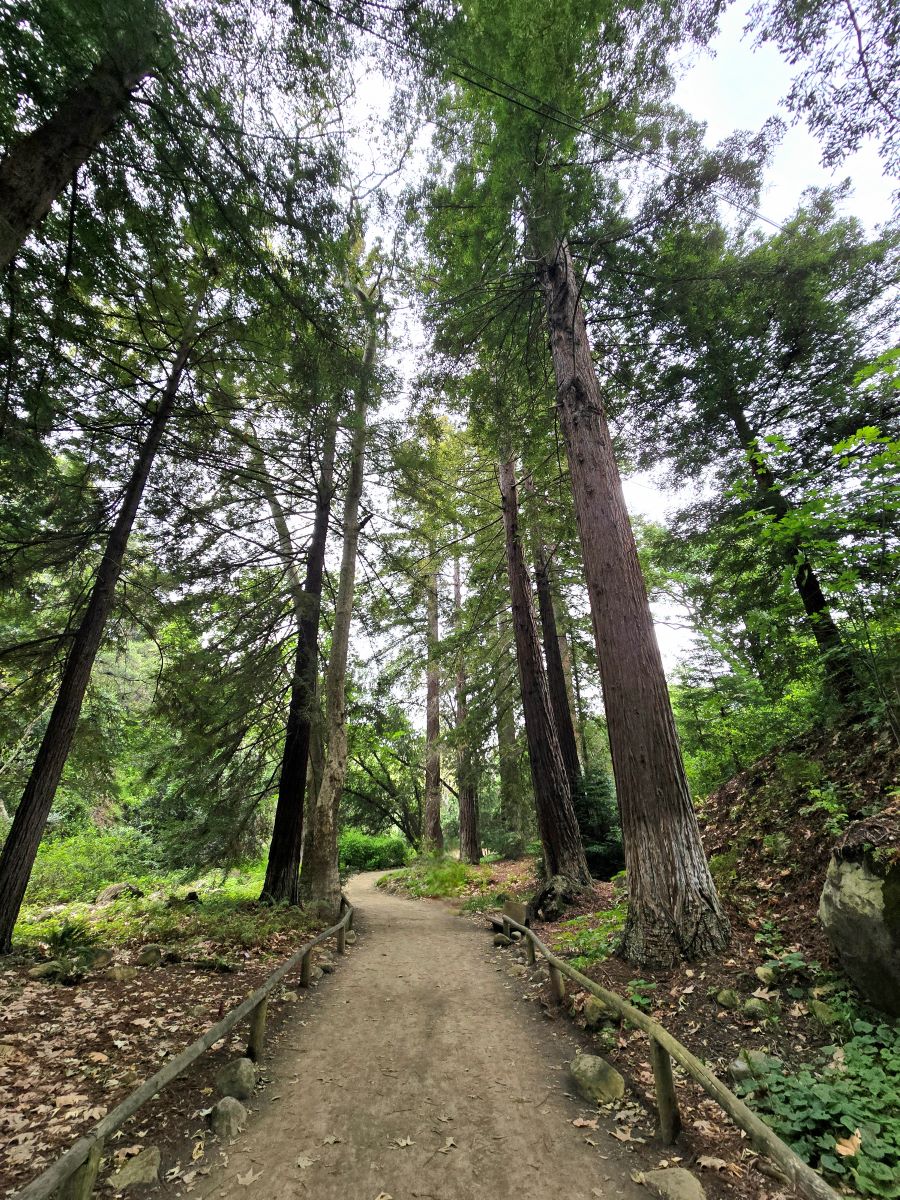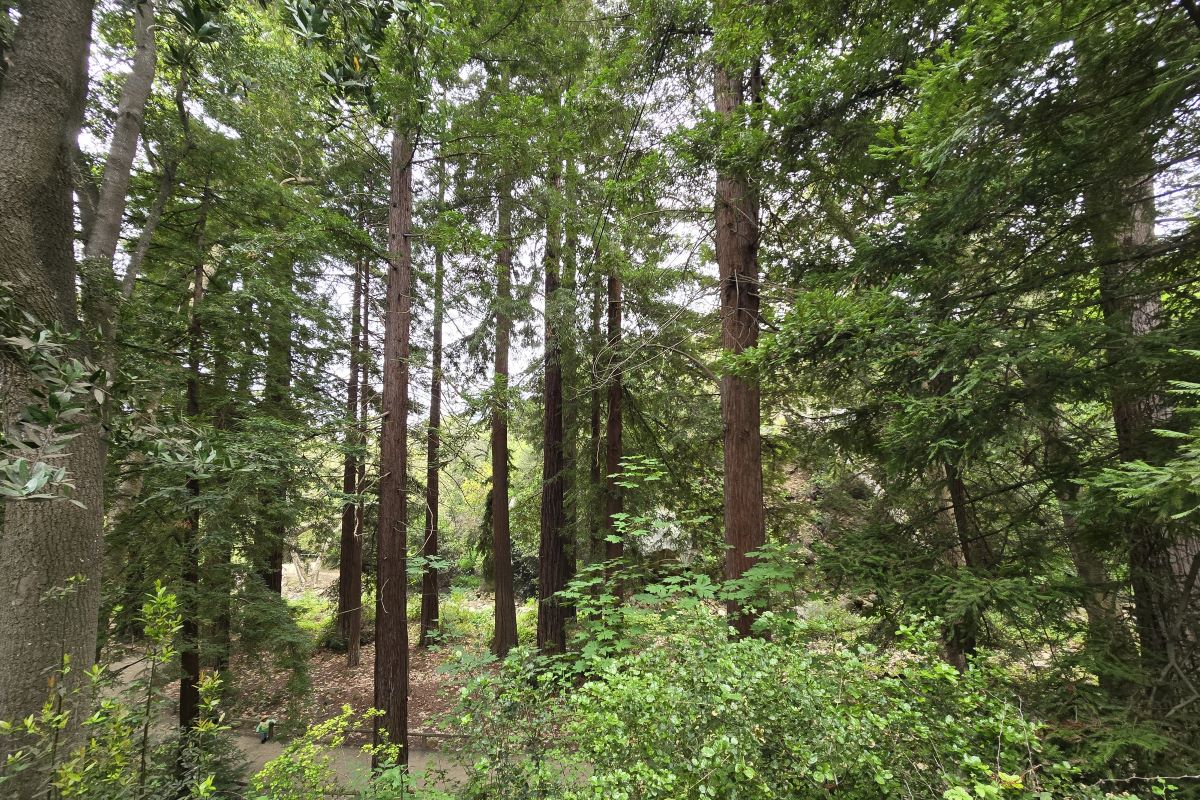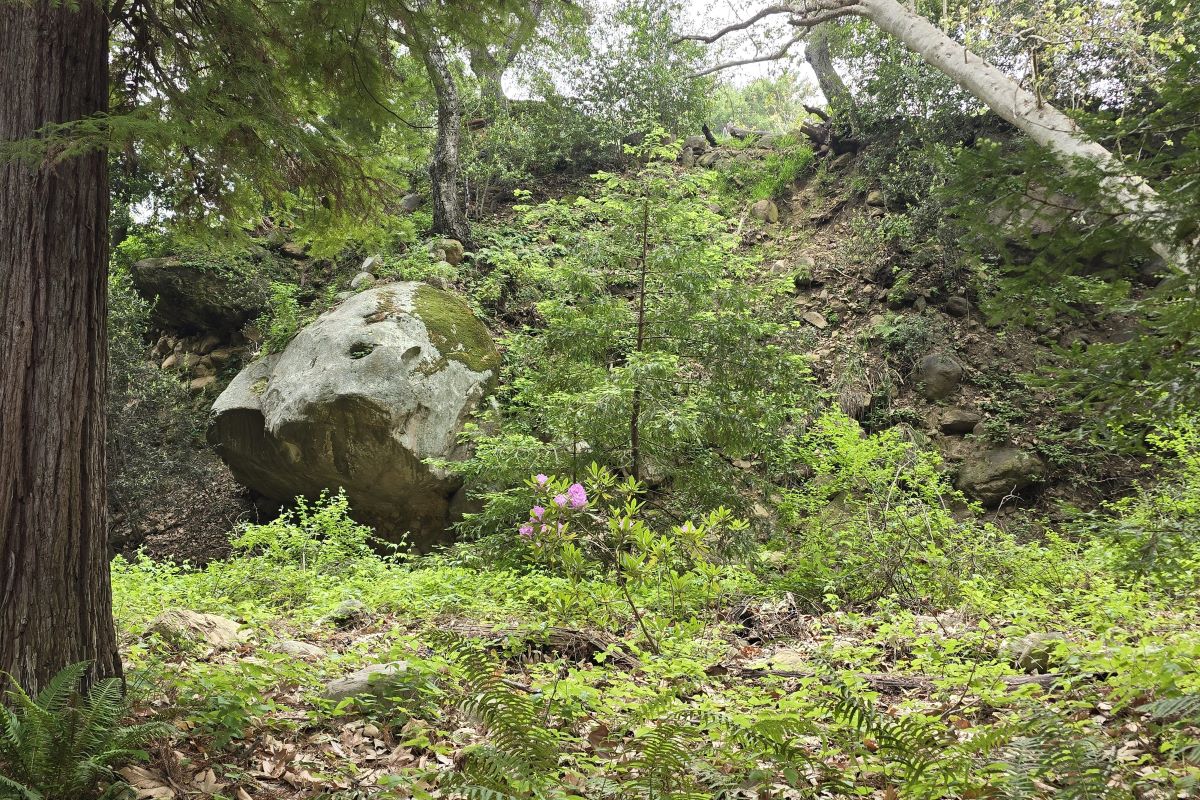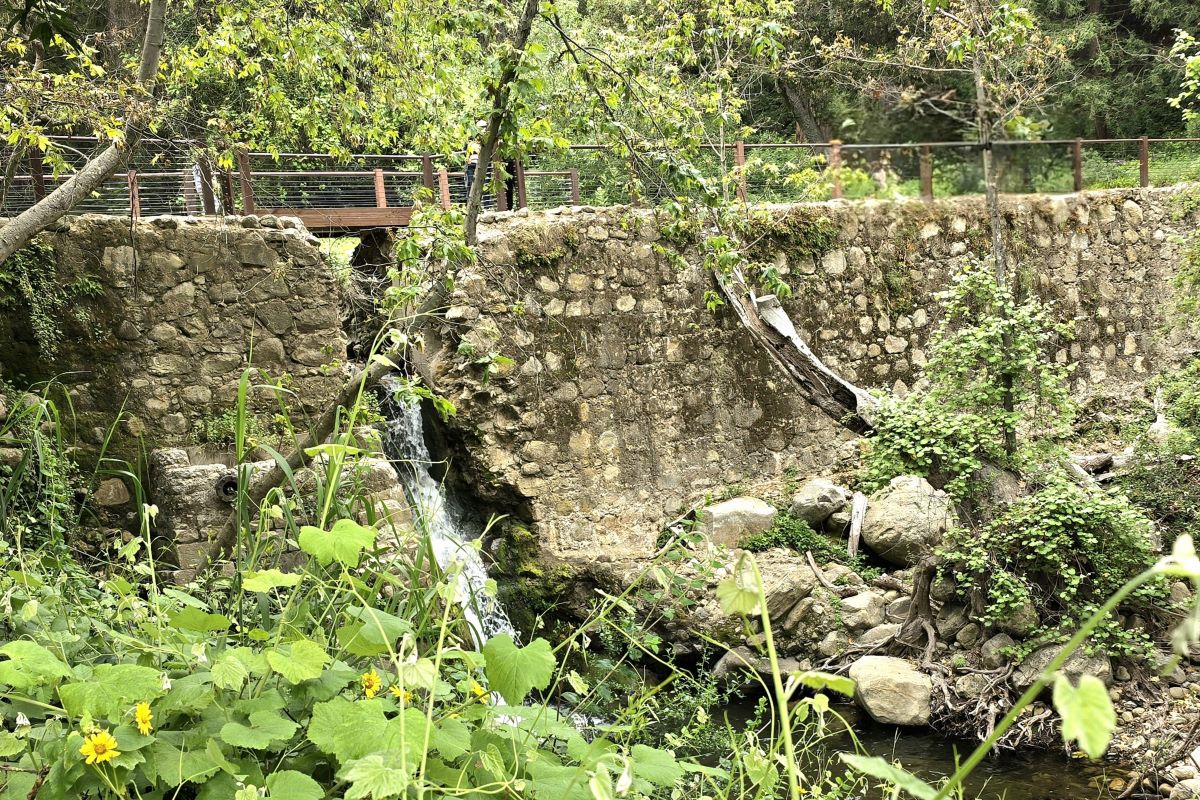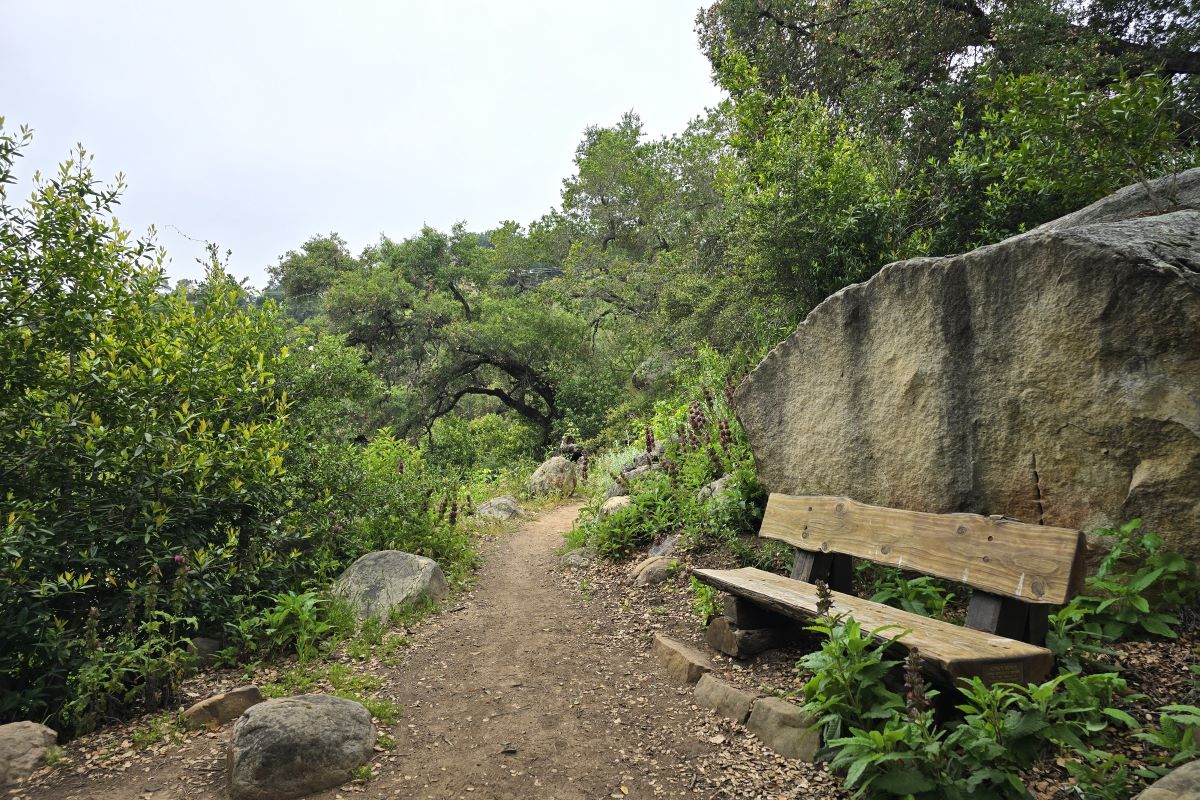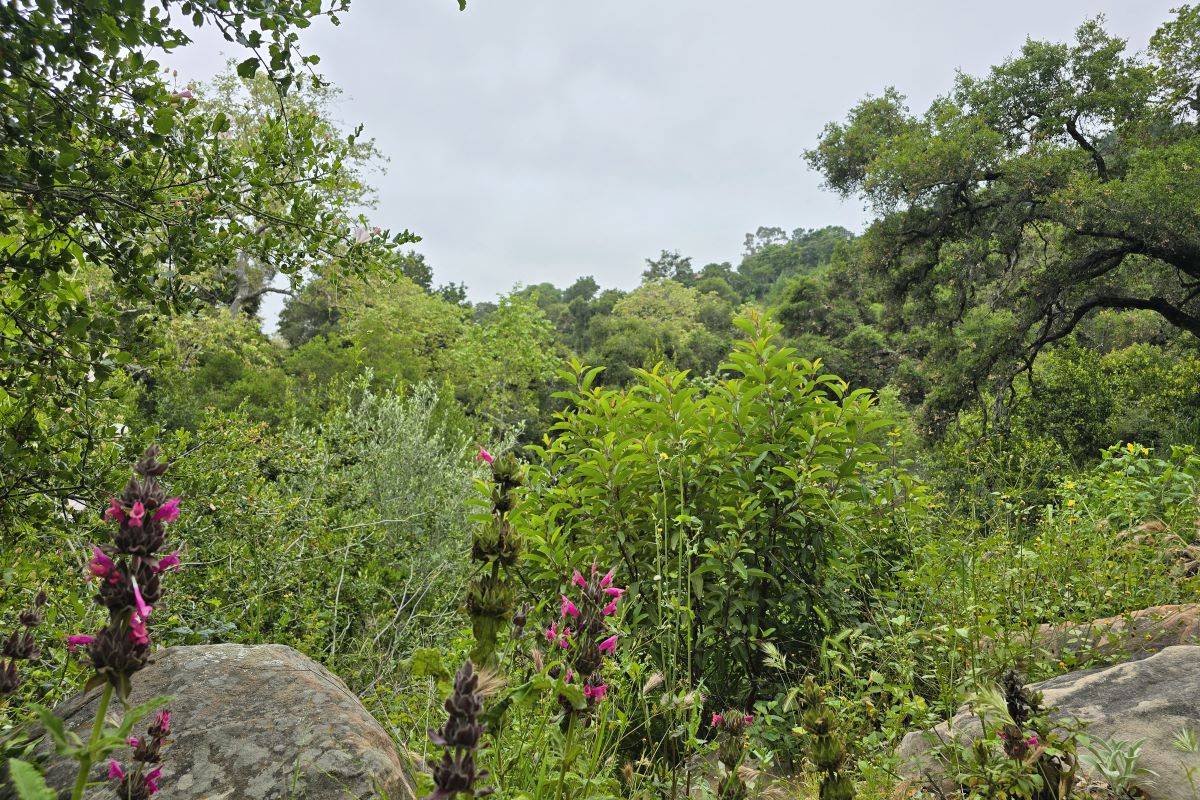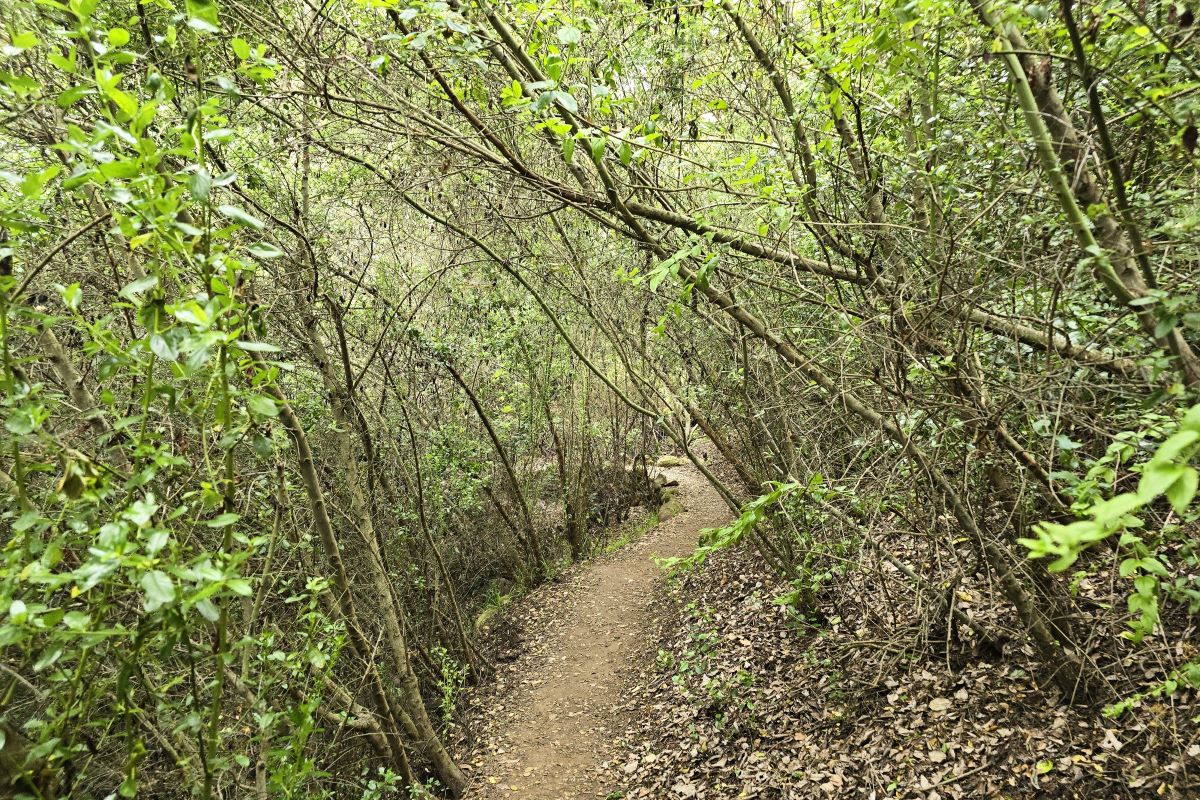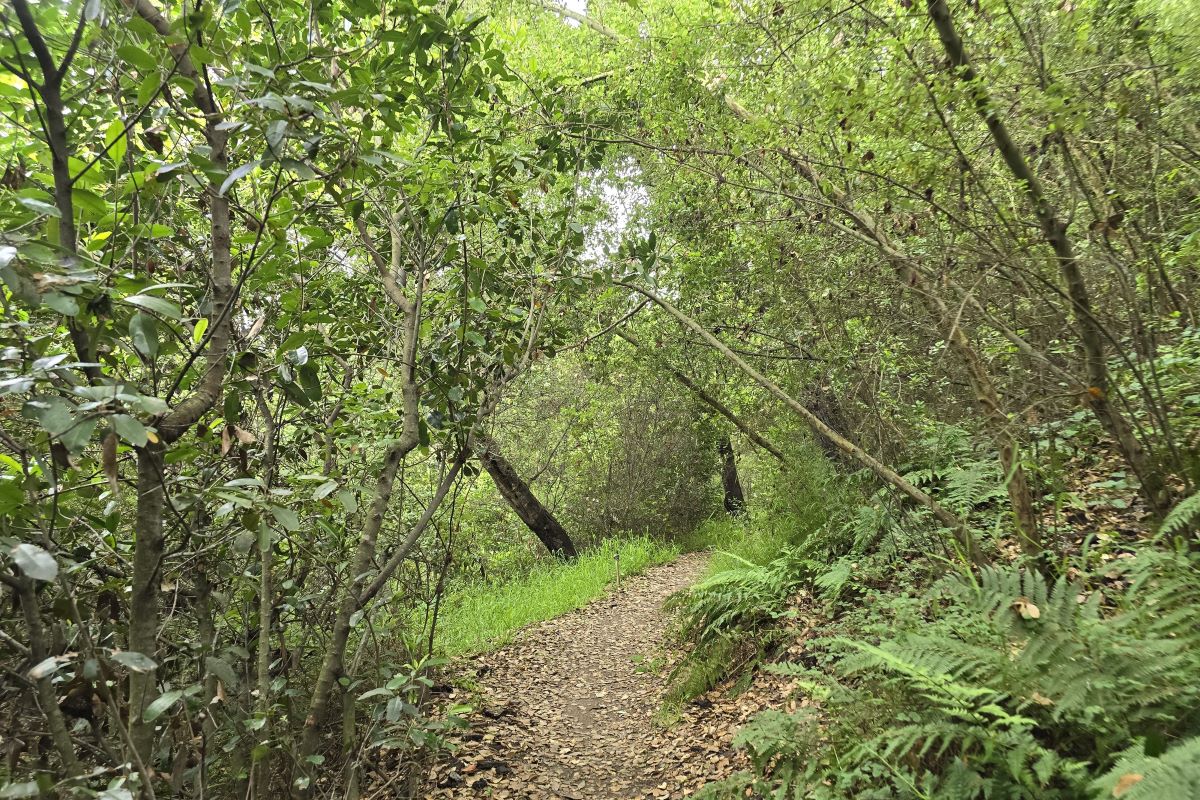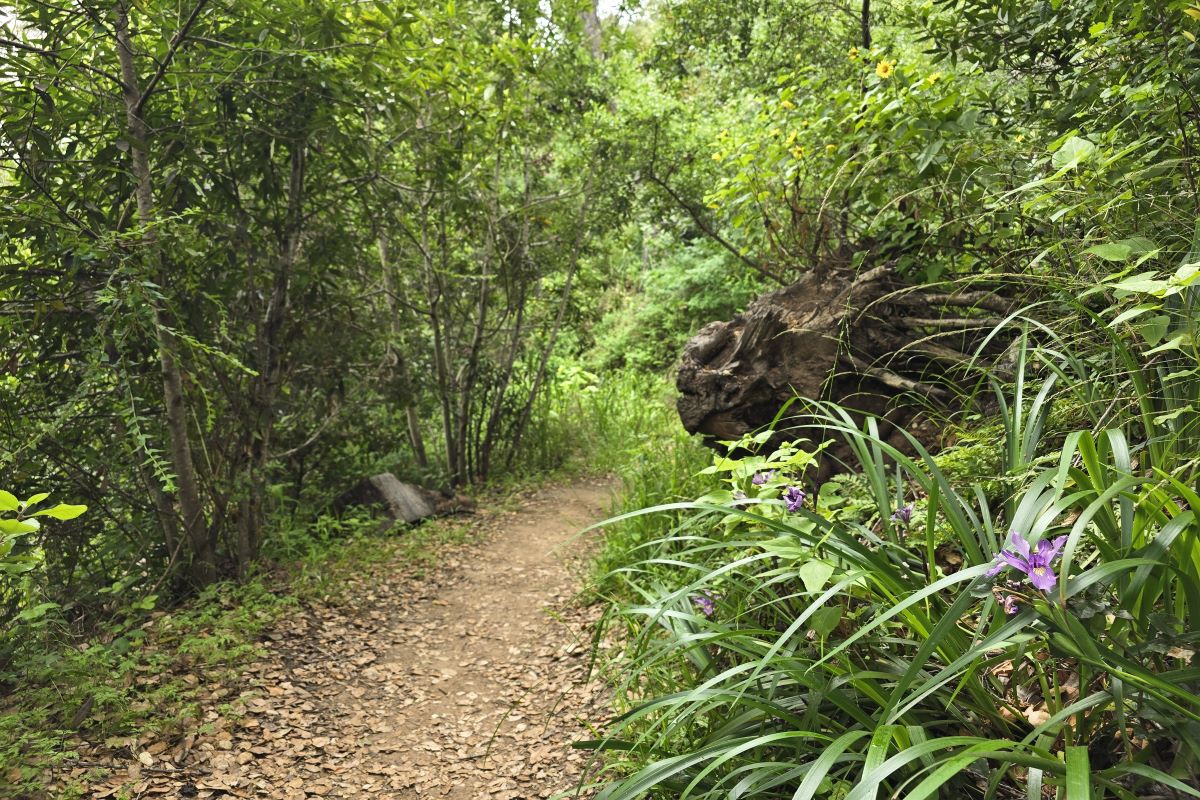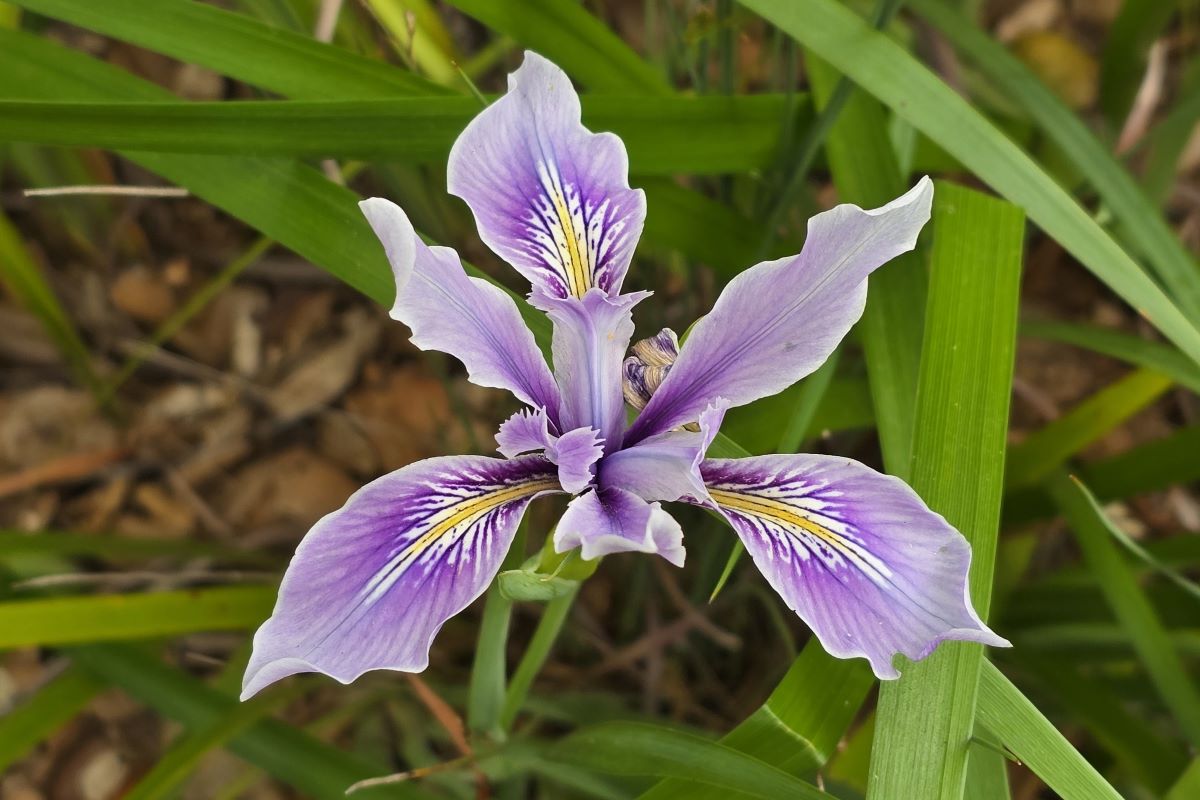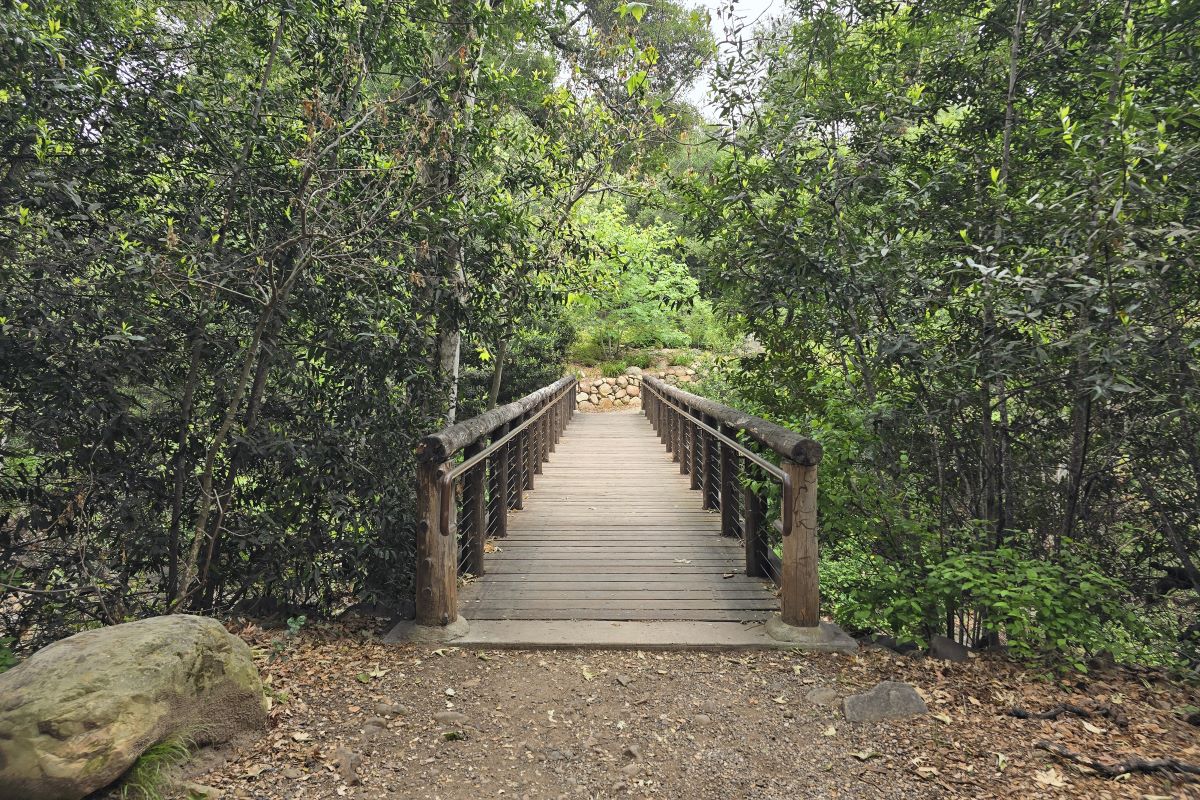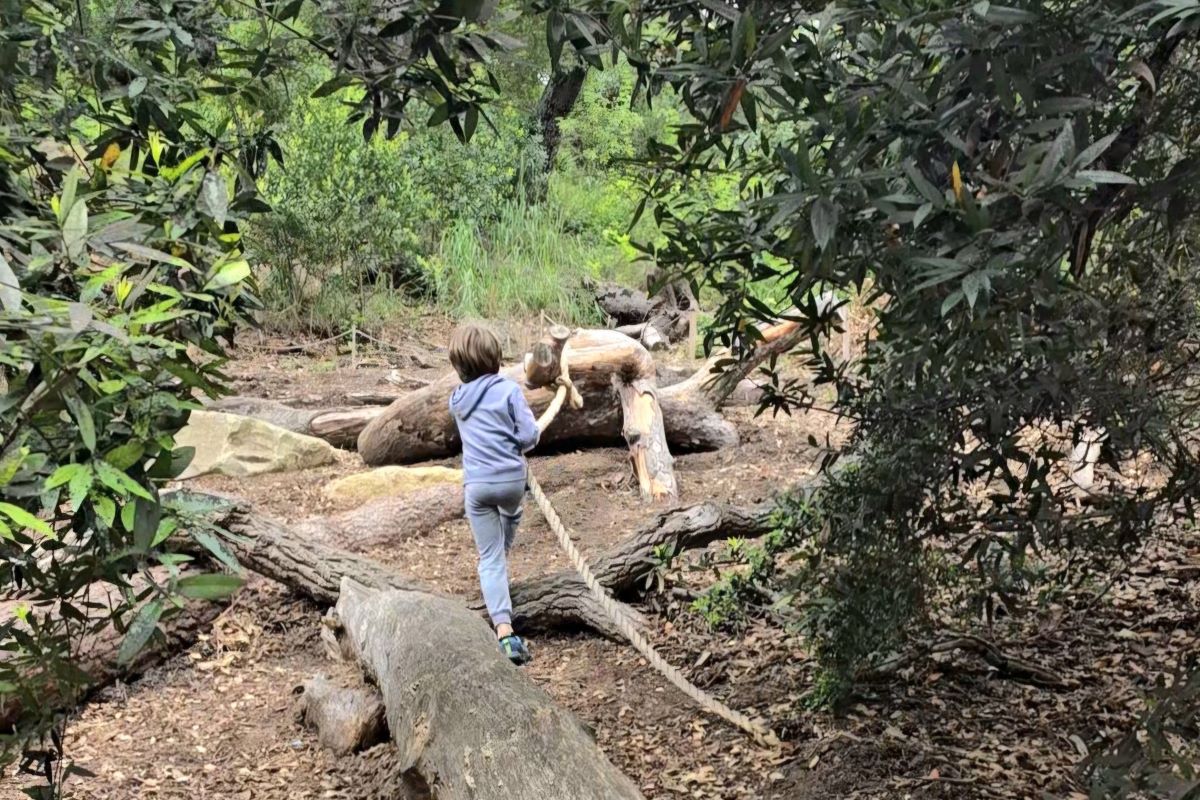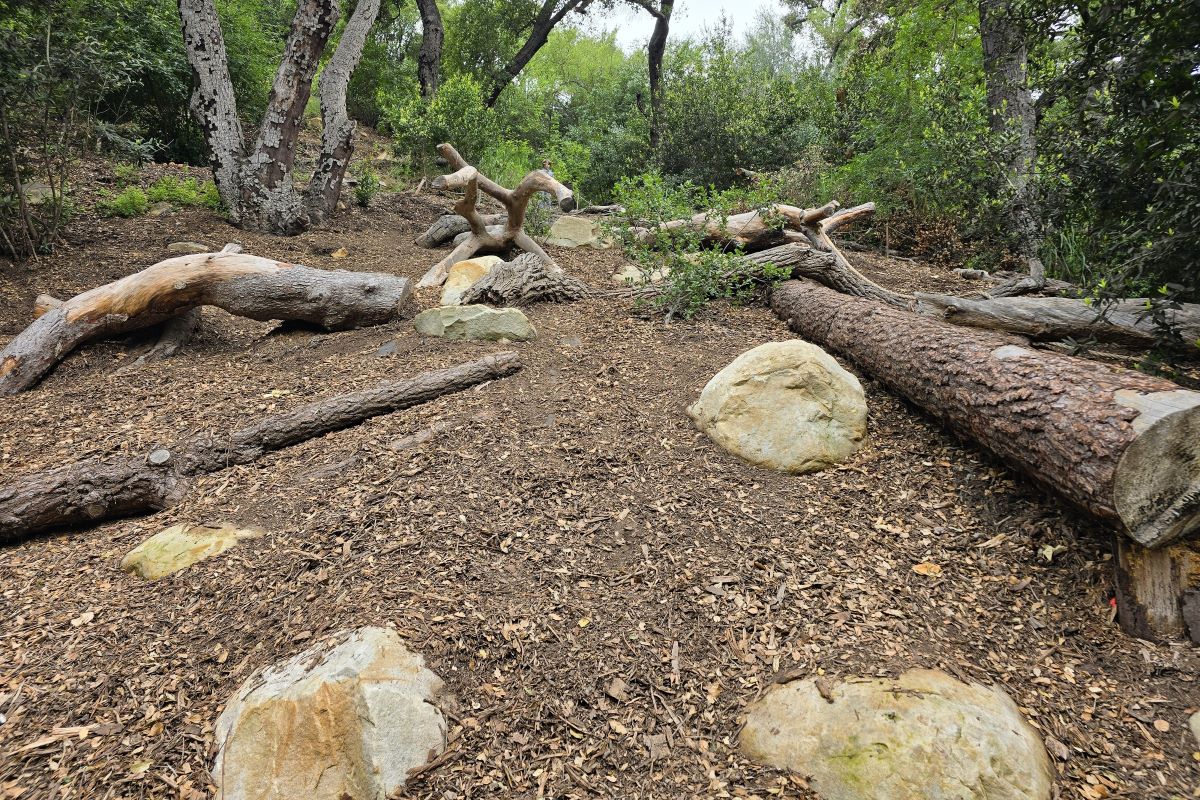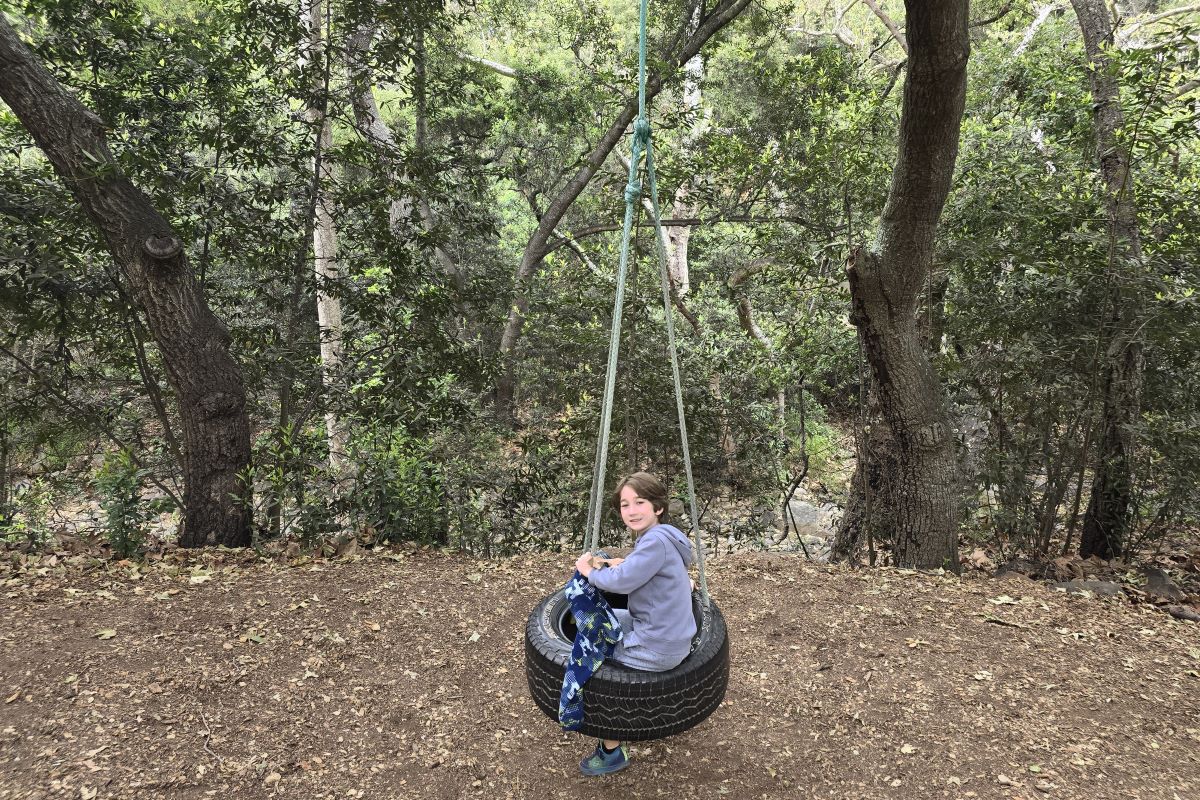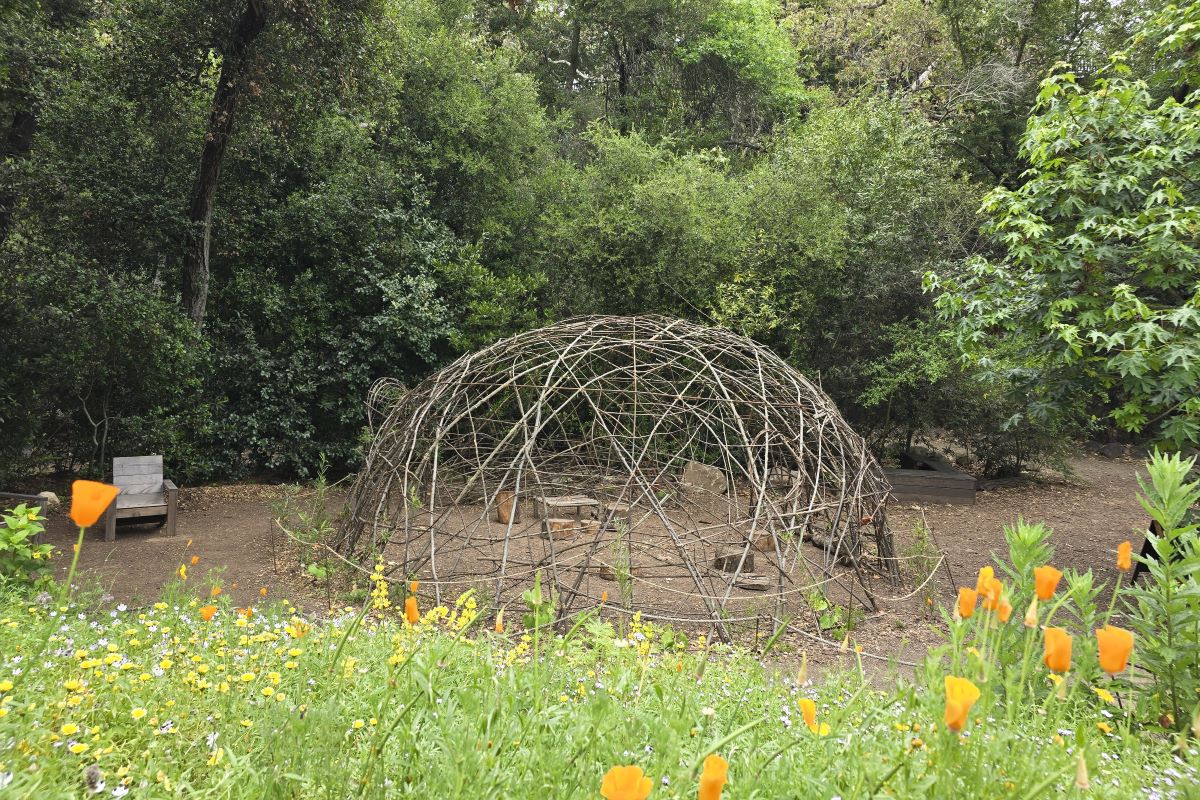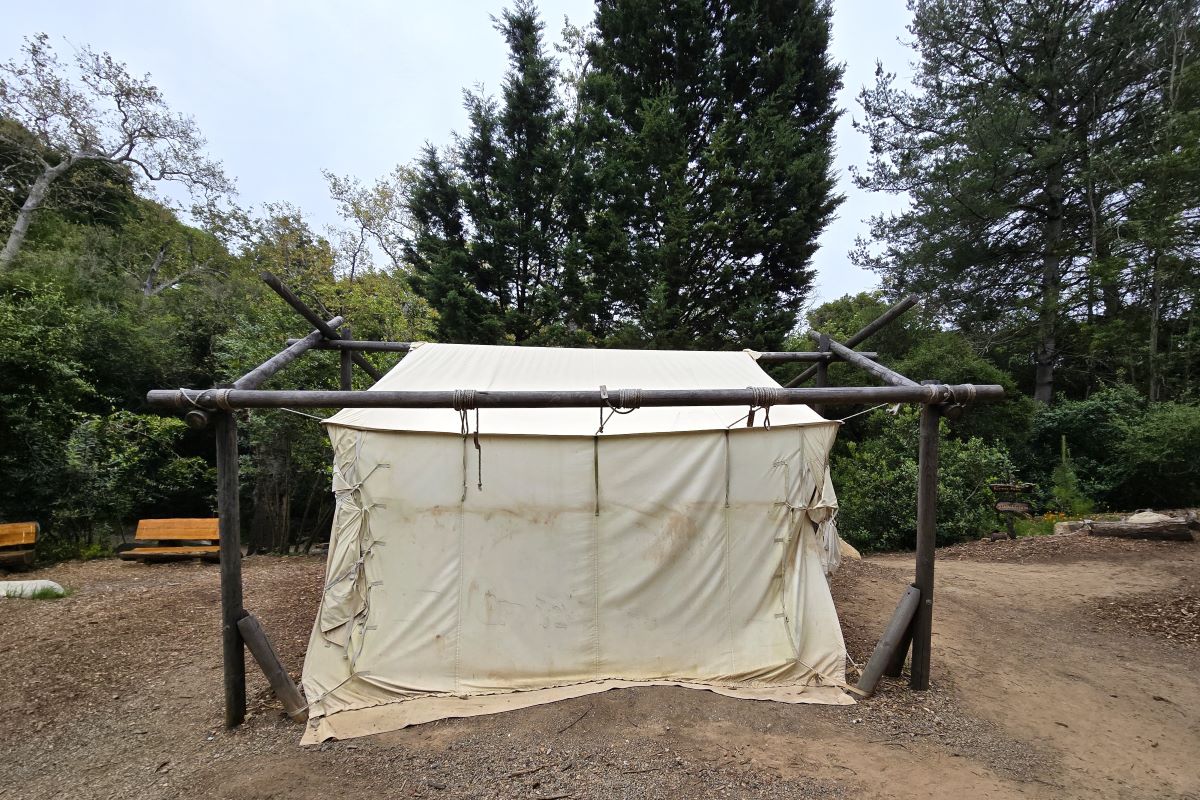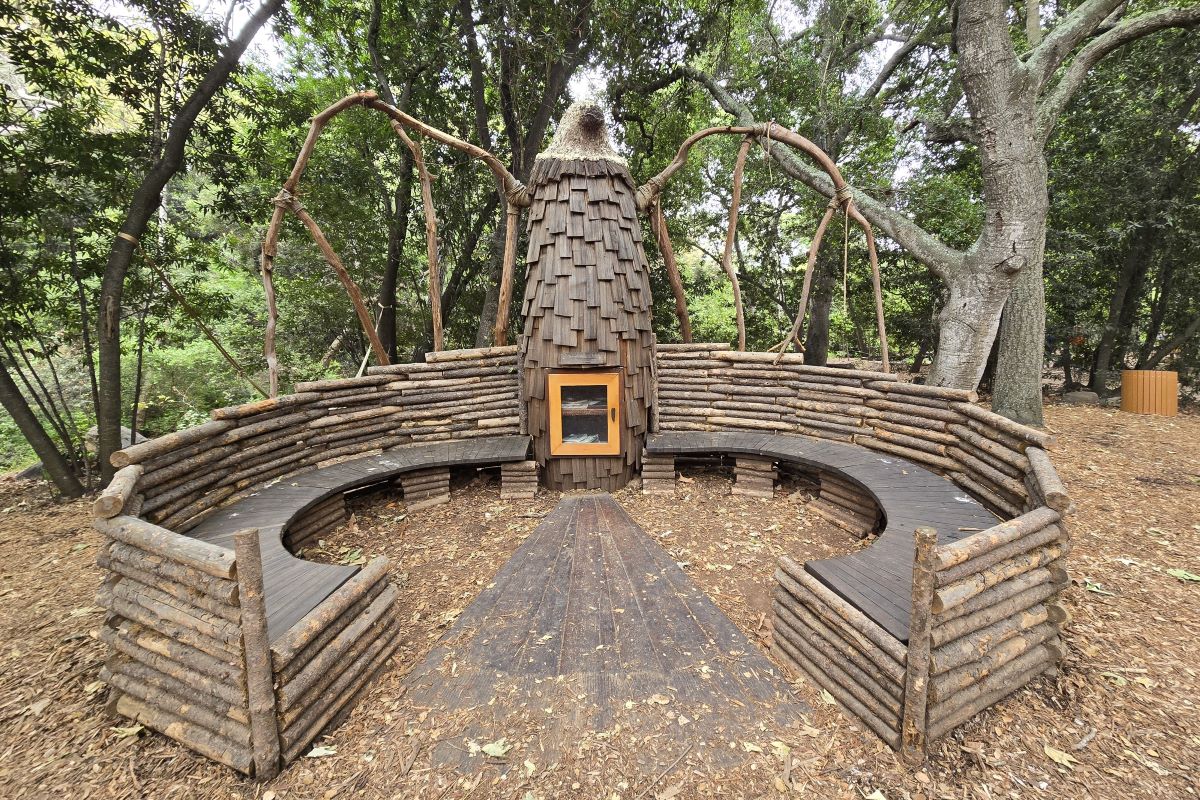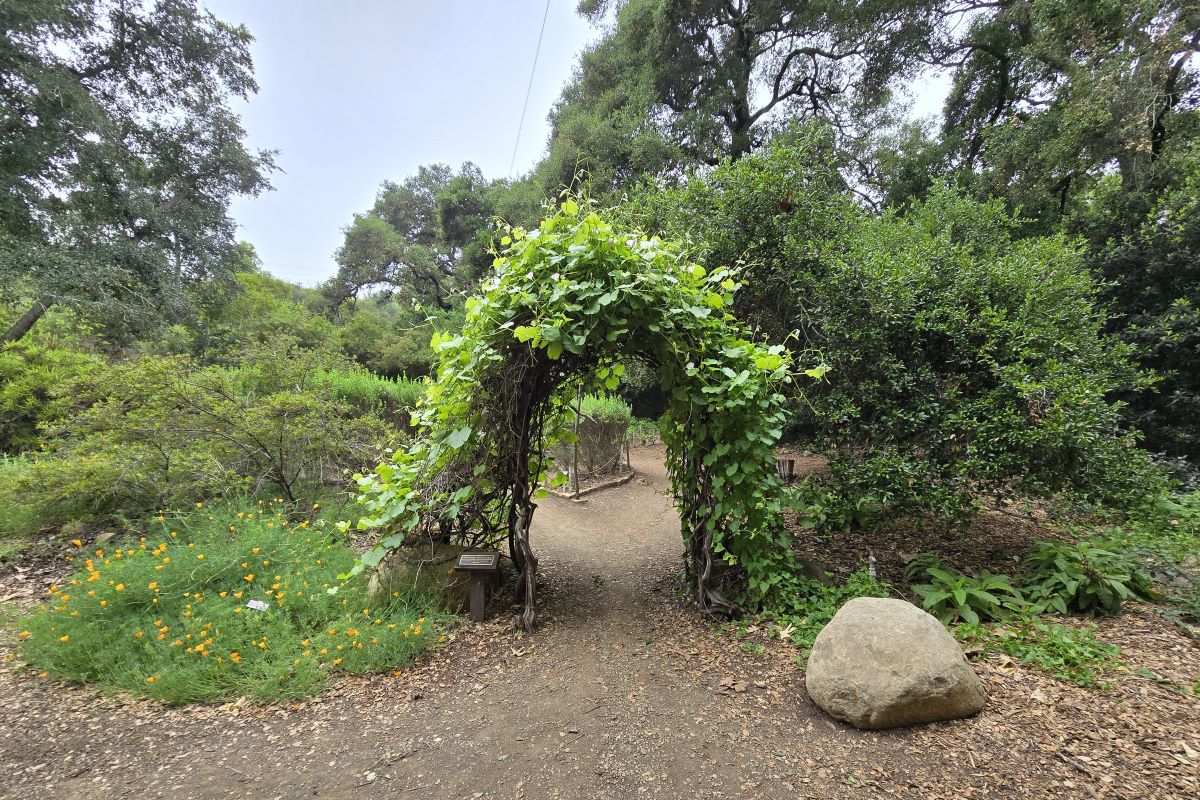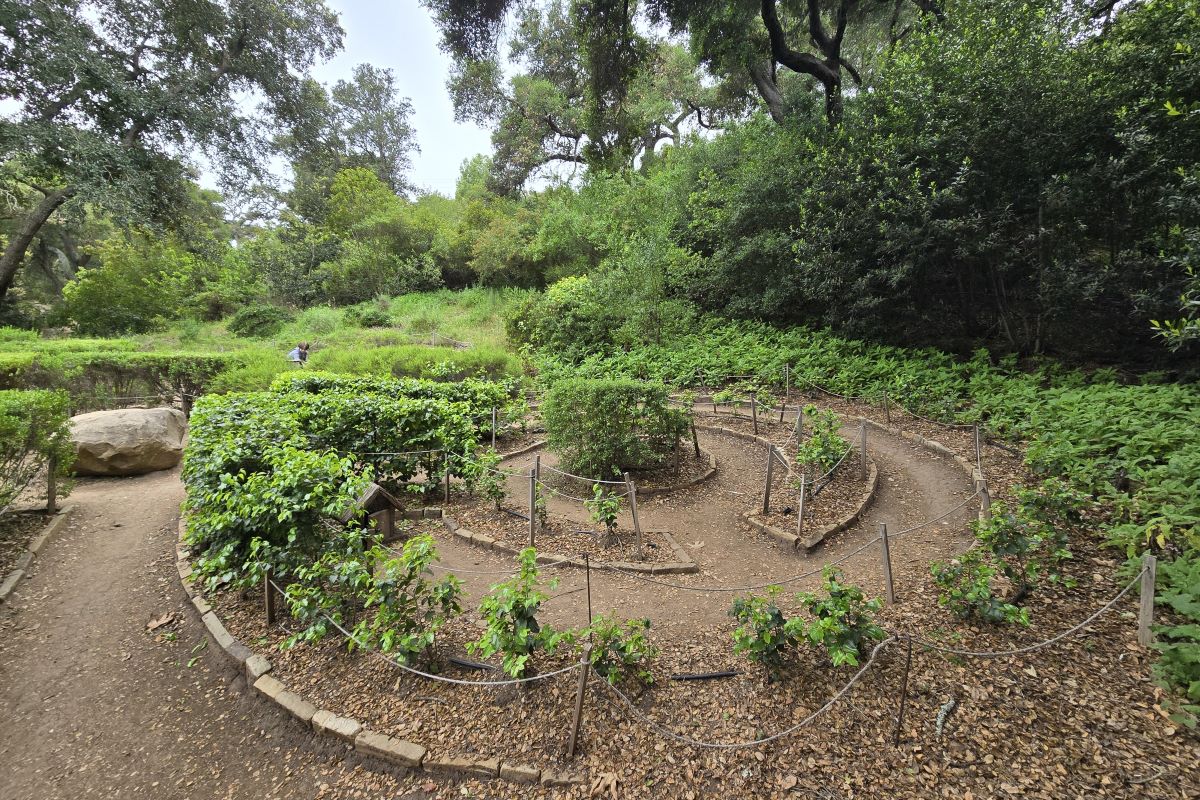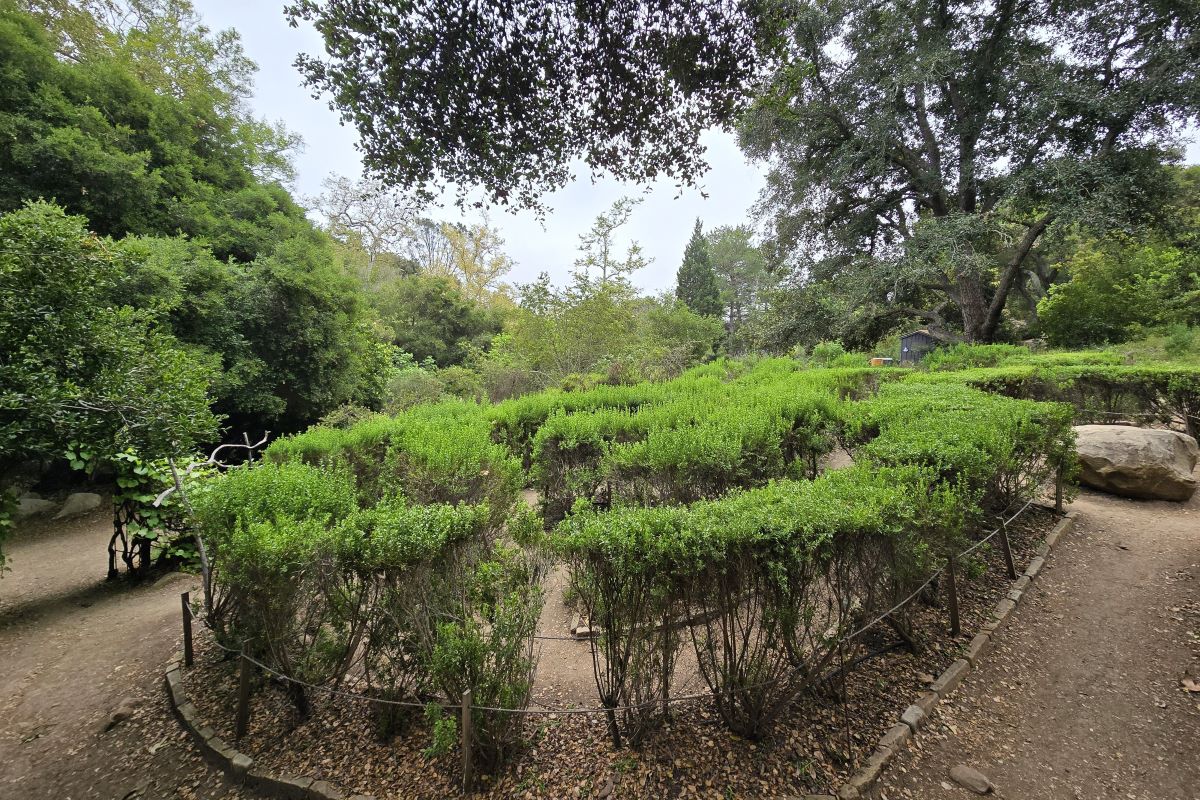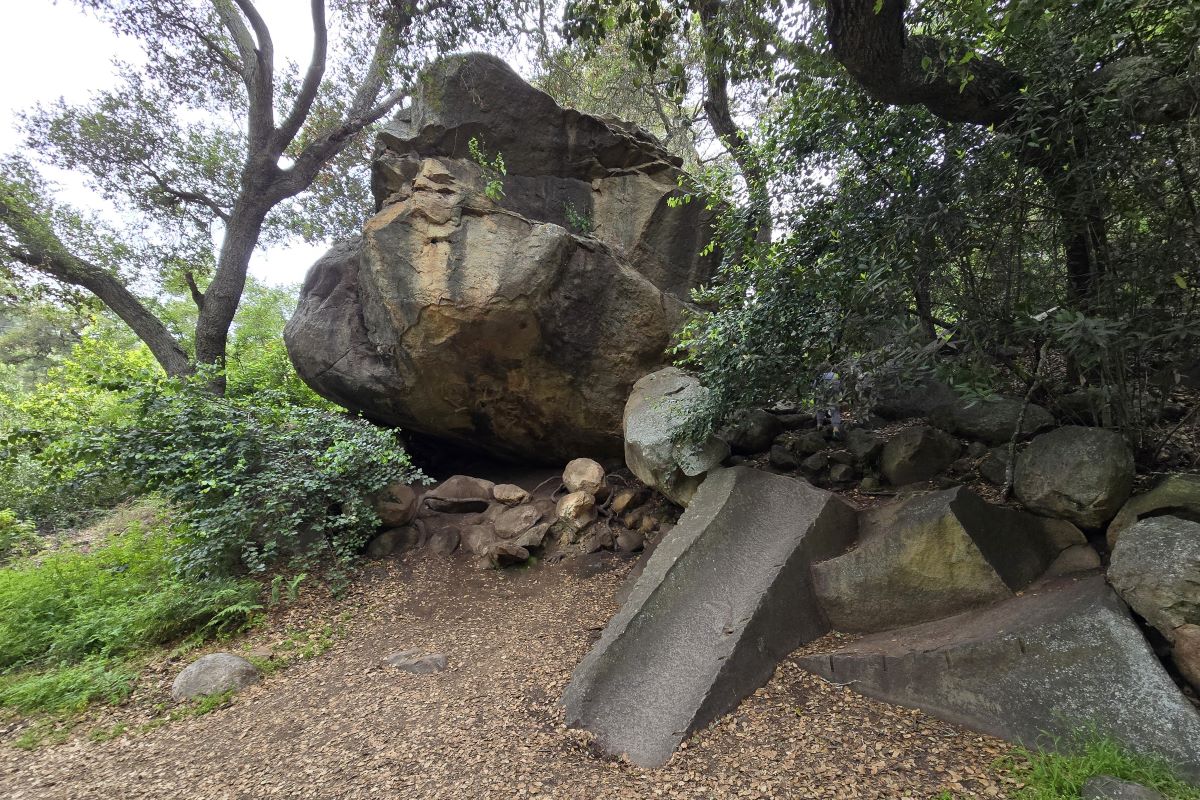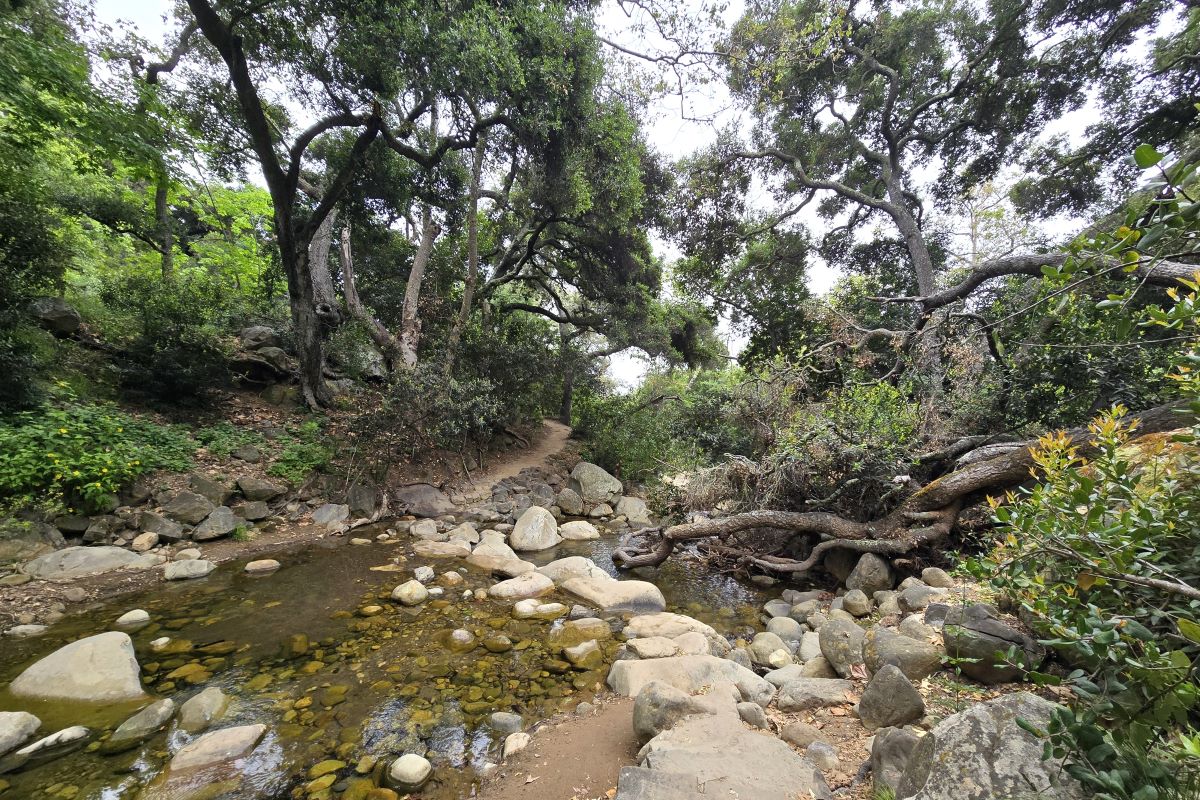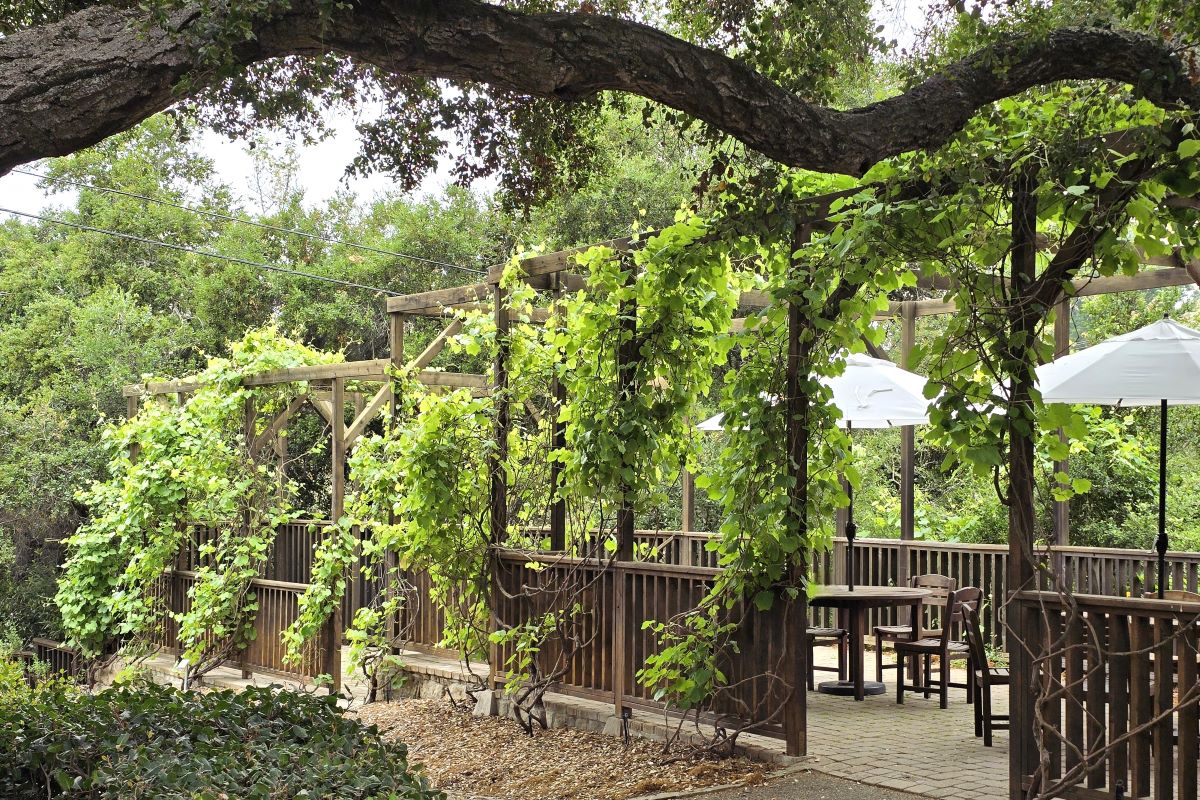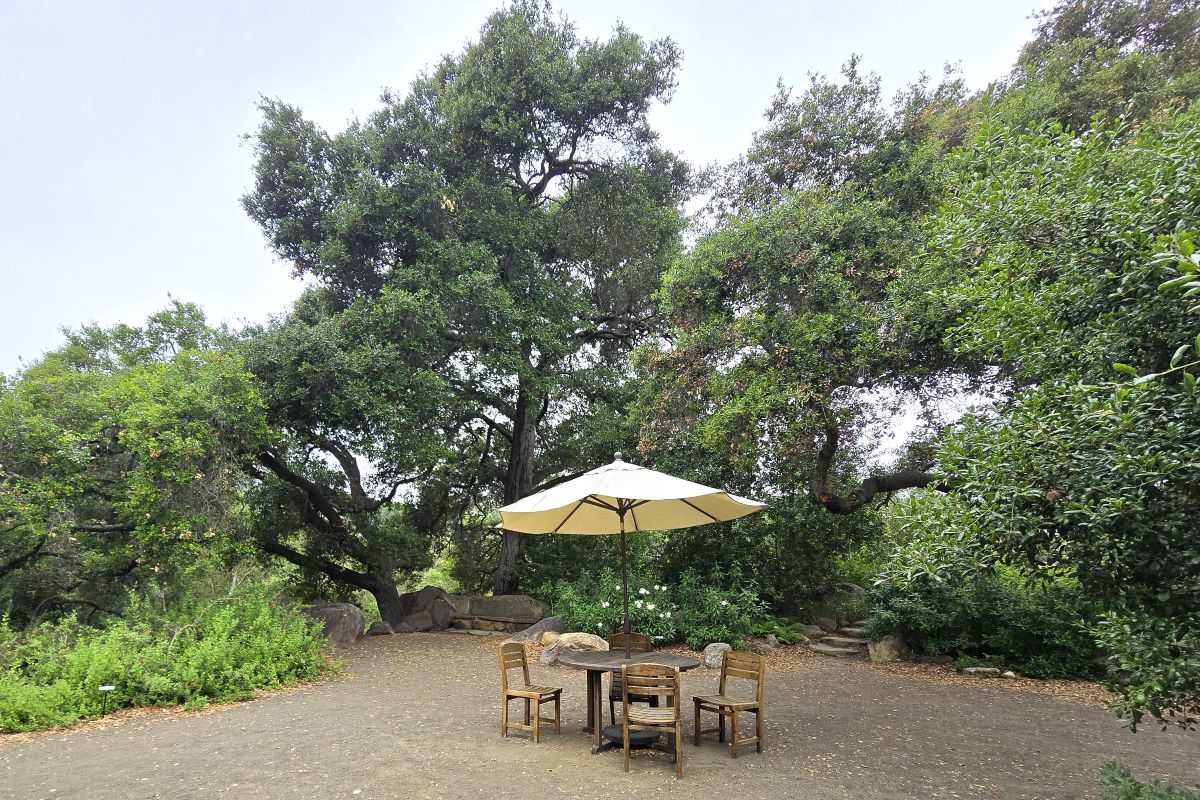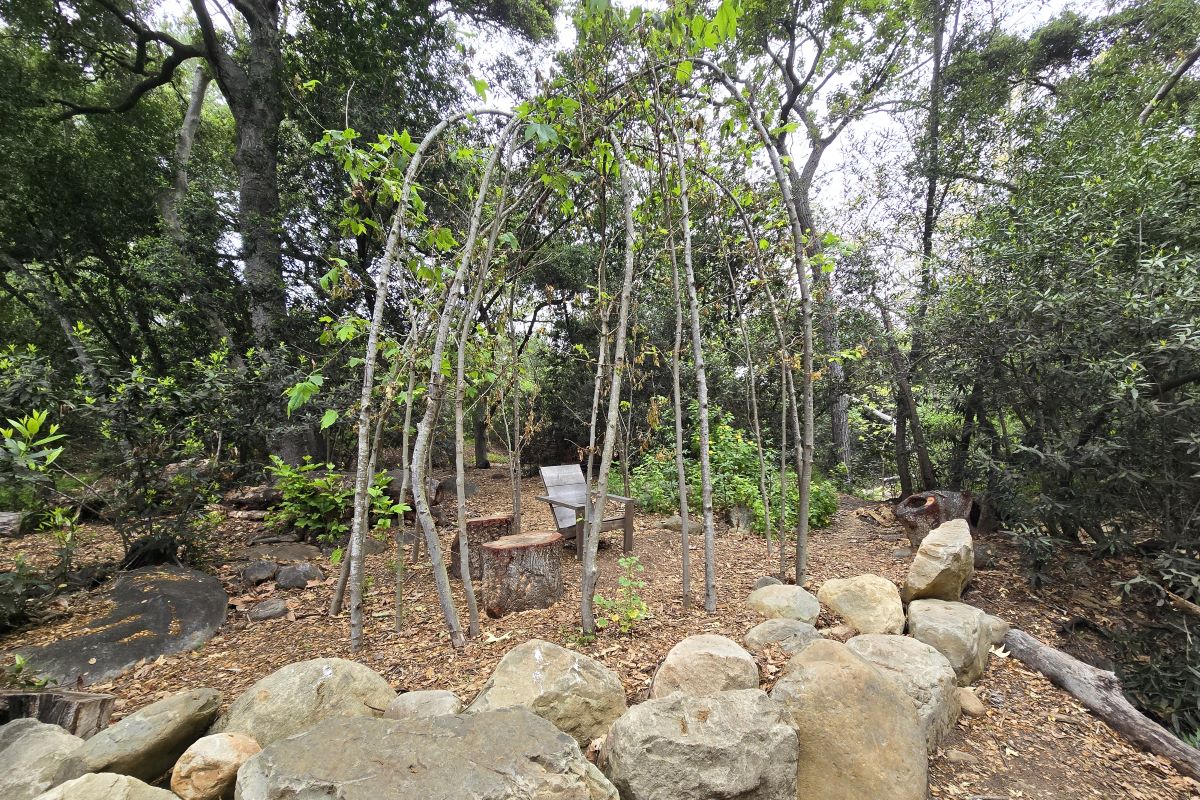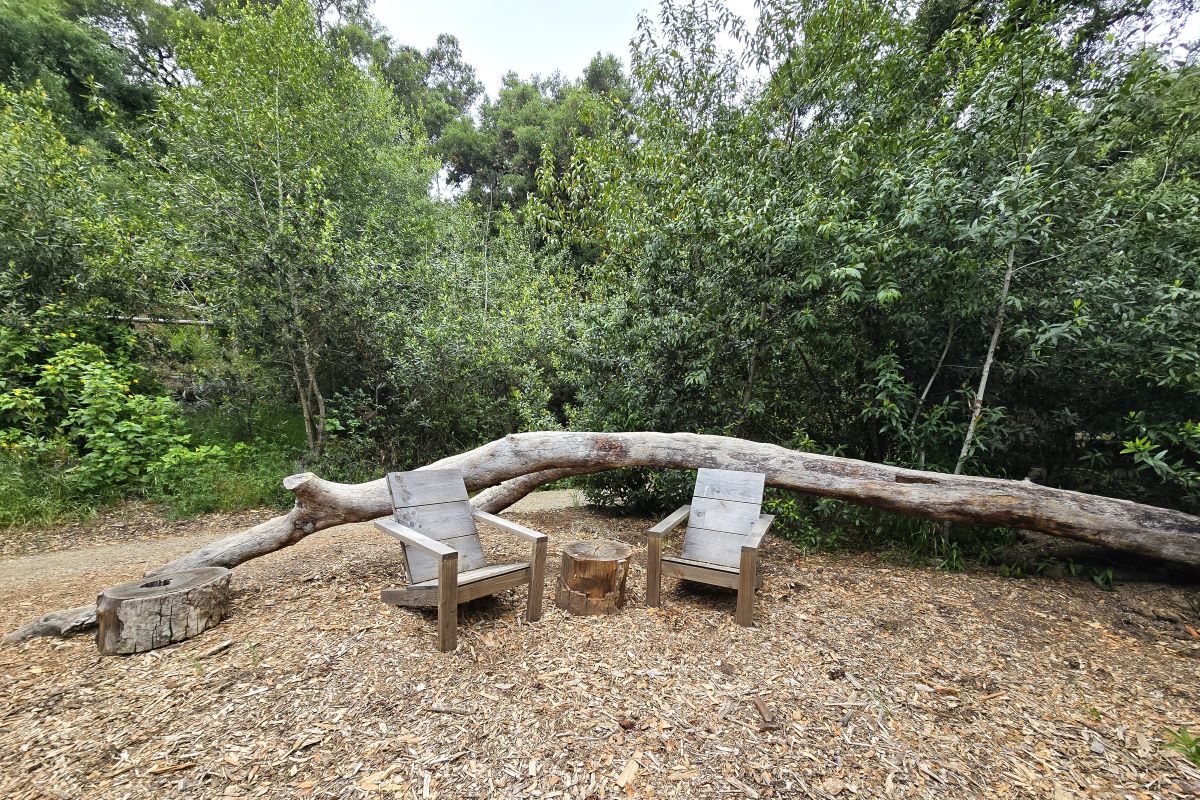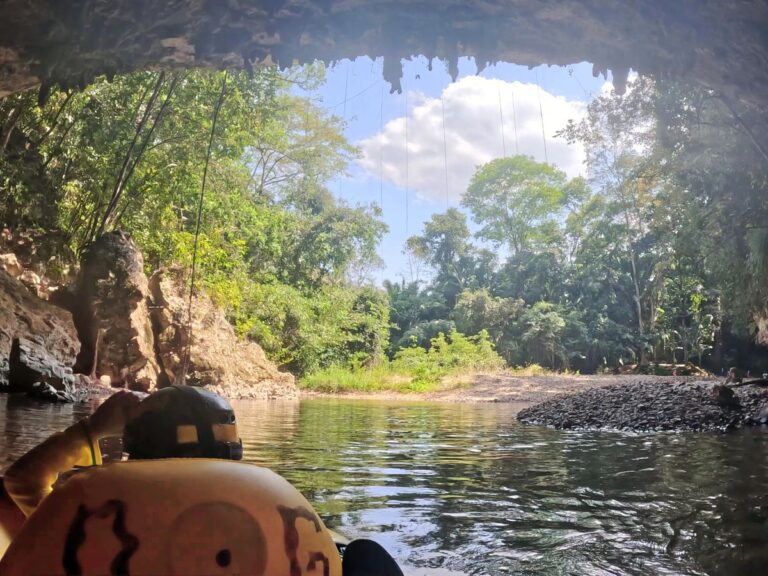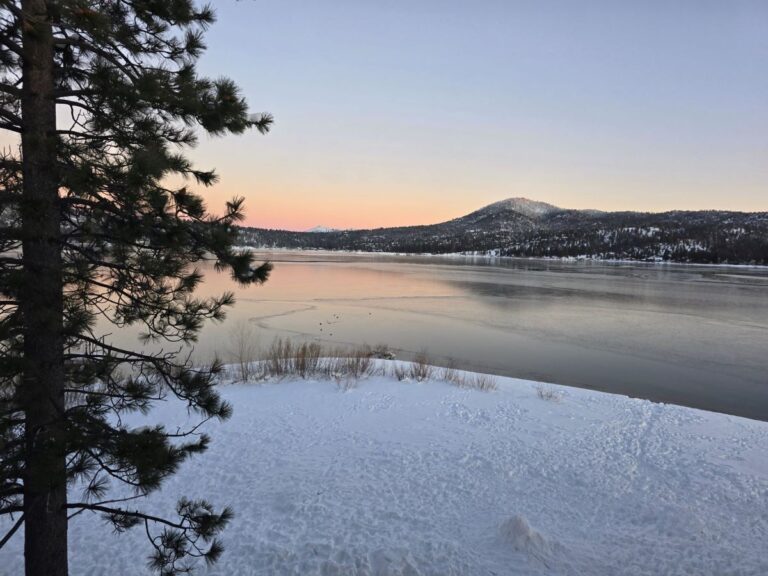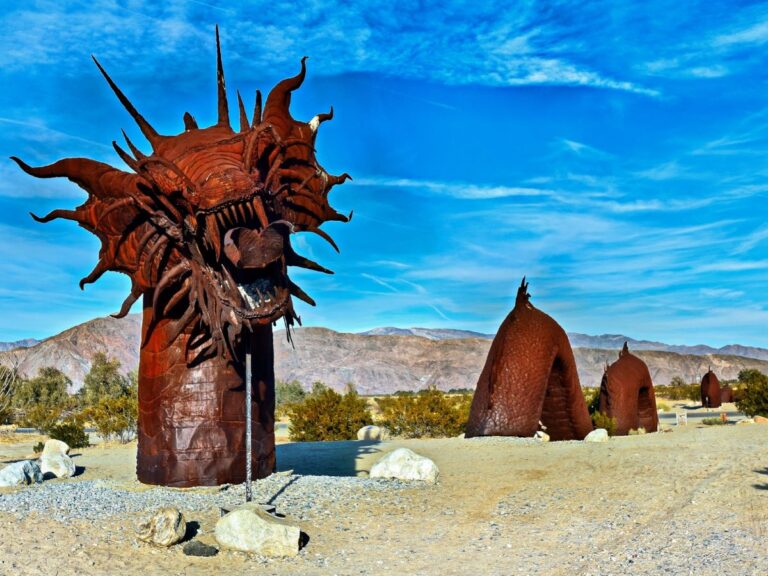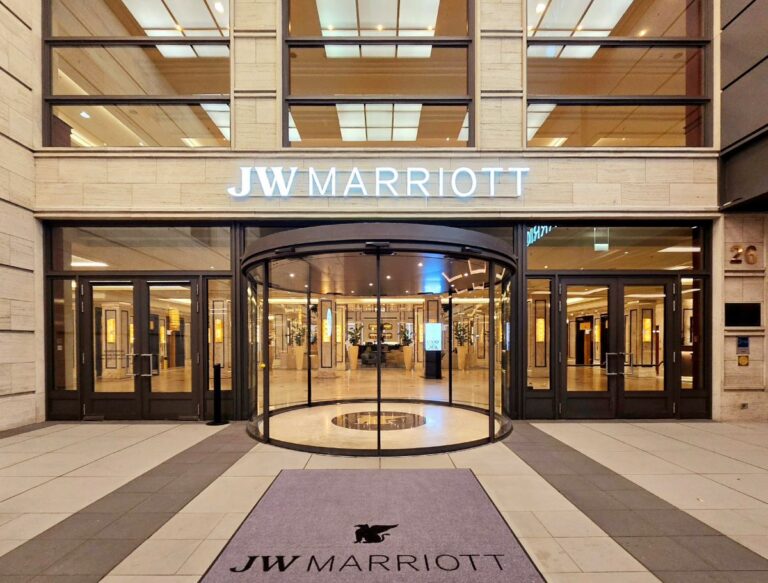Santa Barbara Botanic Garden: How to Visit This Lush Treasure

I love visiting Santa Barbara with my family, and we go there at least once a year. On our last trip, we finally checked out the Santa Barbara Botanic Garden, and my reaction was WOW! This incredible place sprawls across 78 acres, and it’s breathtaking, with colorful flowers and plants, lush green trees, and Mission Creek flowing through.
My son was excited to go because the San Diego Botanic Garden near where we live has a large treehouse playground, so he thought the Santa Barbara Botanic Garden would have the same. When he found out it didn’t, he kept saying, “What fun things are there to do here? I don’t see anything fun!” Sigh. 🙄 Thank goodness, he found some fun activities and ended up having a blast even though there wasn’t a playground. He gives it two thumbs up!
Santa Barbara Botanic Garden Quick Summary
Location: 1212 Mission Canyon Road
Website: sbbotanicgarden.org
Reservations: sbbotanicgarden.org/visit/hours-reservations
Garden Map: SBBG Map
Free Parking: Yes
Kid Friendly: Yes
Dog Friendly: Yes, on a leash
Top three sections to explore with kids: Backcountry, Misson Dam and Aqueduct, and the Redwoods
Reservations
I knew I wanted to see the botanic garden, but I hadn’t looked into it before I visited. I just woke up on Saturday and decided to go, so I pulled up their website. To my surprise, we needed reservations.
For non-members, they open at 10 a.m., and the first time available was 12:30 p.m. I also checked Sunday, Mother’s Day, and the only available time was 4 p.m., the last time slot.
It was probably busier during Mother’s Day Weekend, but if you’re interested in going, you might want to make reservations beforehand. The tickets are non-refundable, but you can transfer them to a different day and time.
A reservation isn’t required if you’re a member or have a reciprocal membership, but they recommend having one from April through July.
Parking
There was plenty of parking, and employees guided people where to park. It was easy and organized. If you have a large SUV, they direct you to park at the end of the lot, where there are large spaces.
Reciprocal memberships
If you’re already a member of a botanic garden, check to see if there’s a reciprocal membership in the American Horticulture Society. For example, if you’re a San Diego Botanic Garden member, you can use your membership at the Santa Barbara Botanic Garden and vice versa.
In 2018, we used our San Diego Botanic Garden membership in Kauai at the McBryde and Allerton Gardens. These Kauai gardens are no longer on the list, but there are 360 reciprocal gardens listed.
Exploring the Botanic Garden Sections
Before visiting, I had no idea how big this garden was. It has 11 sections to see. We were there for about two hours and made it through almost half the sections. I also didn’t realize how much we’d be hiking! There are lots of trails to explore.
My son was a fan of the Backcountry section, so we backtracked through there instead of finishing the other sections. This area is the biggest, and we spent most of our time there since there were a bunch of activities.
The sections below are in the order I would visit when going for the first time. But if you have kids with you, the top three spots you should check out are the Backcountry, Mission Dam and Aqueduct, and Redwoods.
1. Desert
The Desert Section features plants from diverse deserts in eastern California, like the Mojave and Sonoran deserts.
2. Meadow
After entering the garden, you’ll encounter a vibrant meadow with plants typical of California’s rich grasslands. The flowers were in full bloom during our visit in May.
You can wander around the entire perimeter of the meadow and see different flowers, the meadow pond, the information kiosk, and the Blaksley Boulder.
The path from the Meadow to the Redwoods
3. Redwoods
The Redwood Section is home to a stunning representation of the Coast Redwood community. The nearly century-old trees in this area include one that reaches 160 feet, making it the tallest in the area.
No matter how many times I’ve seen a redwood tree, I am always in awe of how tall and majestic they are!
Woodland Trail
From the Redwoods section, you can access the Woodland trail. We’d already been on a few trails, so we skipped this one, but it’ll take you to the top edge of the meadow.
Mission Dam and Aqueduct
This Mission Dam and Aqueduct was a fantastic spot to visit, and Mission Creek was really flowing when we were there.
My son was all about racing leaves here. We’d drop the leaves off the bridge upstream and then run to the other side to see who won after they shot out of the dam.
4. Canyon
The Canyon is a natural area that’s alongside the stream, known as a riparian area. When Mission Creek flows early to late winter, it supports tree and vegetation growth.
Canyon and Pritchett Trails
These two trails connect, and it’s an easy hike through lush tree tunnels. If you start at the trail entrance after the dam, you’ll end at Sycamore Grove and the Campbell Bridge.
Sycamore Grove
We ran into a volunteer at Sycamore Grove, and she showed my son how to flip the logs and look for frogs. From this location, you can either cross the Campbell Bridge or head to the Backcountry.
Campbell Bridge
Campbell Bride goes to the Wooded Dell. We walked up to the bridge but didn’t cross it since my son was eager to go to the Backcountry. The volunteer told him that the Backcountry had rock and rope climbing, so he was on a mission!
5. Wooded Dell
The Wooded Dell is a garden that resembles the shade of a grove of coast live oak trees. It features shade-loving species that thrive in sheltered habitats and creates colorful displays throughout the year.
Trail to the Upper Rock Crossing
To head to the Backcountry section from the Wooded Dell, you can take the trail to the Upper Rock Crossing and go back over Mission Creek. Alternatively, you can cross back over the Campbell Bridge.
6. Backcountry (best section for kids!)
There’s so much to do in the Backcountry, and kids are encouraged to go off-trail and explore! We spent a lot of time here, and after working our way through, our son wanted to go through it again. I’m glad we did because there were things we missed, and we still didn’t see everything.
Fallen Forest
The Fallen Forrest is a hill full of logs and rocks to climb on, and it’s not just for kids! We saw an adult having a blast and her friends cheering her on. One of the logs has a rope attached that you can use to walk up and down the hill.
Tire swing
Round and round we go! Ah, I remember the days of spinning non-stop on these swings. I avoid them now 🤢, but my son was all smiles on this tire swing with a beautiful backdrop.
Casitas and Library
There are five casitas hidden in the backcountry and a library. We only spotted a couple of casitas before moving on.
Salamander Snag
Salamander Snag is a good place for little adventurers to search for bugs and critters.
Maze
The maze is such a cute area. It’s small, but it was a hit.
Rock slides and boulders
My son loves rocks and was stoked to see a rock slide. Although it looked painful to go down, the kids were having a blast! There’s also the huge Lassiter Boulder, and with Dad’s help, he climbed to the top.
Easton Aqueduct Trail
Towards the bottom of the Backcountry section is the Easton Aqueduct Trail. It leads to the Raptor’s Perch, Quail Grove, and Lower Creek Crossing.
Lower Rock Crossing
There are large rocks in Misson Creek that you can walk across to get to the Manzanitas and Arroyo sections. We crossed but then turned around to go back through the Backcountry.
7. Arroyo
The Arroyo section is similar to a dry gully or ravine in the desert that can carry a significant amount of water during heavy rainfall, helping to prevent flooding and erosion. The area contains many water features and serves as a sanctuary for aquatic and riparian plants during dry, hot weather. When it rains, water flows from the meadow through this area and into Mission Creek.
8. Manzanitas
There’s a Manzanita section dedicated to over 50 manzanita species, showcasing their variety. These trees vary in size and appearance but are recognizable by their smooth, deep-red bark and small urn-shaped flowers.
9. Home Demonstration
Interested in creating a water-savvy garden at home? This section is perfect for you! It features beautiful California native plants recommended by the Santa Barbara Botanic Garden. These plants are not only easy to grow but also help create habitats for wildlife. You can find them at the Garden’s Nursery and other locations.
10. Pollinator Garden
This garden has various flowers that attract pollinators, such as bees, flies, hummingbirds, butterflies, and other insects. It’s like a little party for buzzing and fluttering friends all year round!
Porter Trail
When you wander through the pollinator garden, the Porter trail is another short hike to explore.
11. Island View
Of all the sections we missed, I regret skipping this one. I love a good view! Oh well, next time!
The Island View Section overlooks the Pacific Ocean and the Channel Islands. It showcases plants exclusive to the Channel Islands and Baja California, Mexico.
Poison Oak
Don’t get that itch! Be cautious when walking on trails, especially when exploring the Backcountry, where you can go off-trail.
Pack a picnic lunch
If you want to stick around and take in the scenery, there are plenty of places to have a picnic lunch. Here are just a few of the spots we passed.
Bathrooms, water station, and wifi
Since the Santa Barbara Botanic Garden is spread out, it’s nice to know that there are bathrooms and water stations in various locations and areas with Wi-Fi.
What to bring
- Walking or hiking shoes
- Sunscreen
- Hat
- Water bottle
- Snacks and/or lunch
